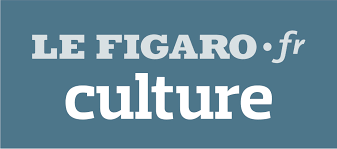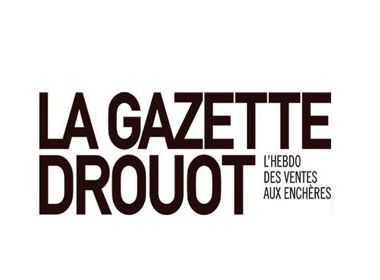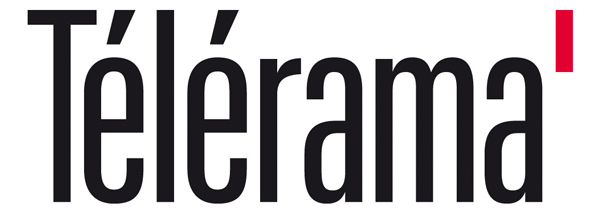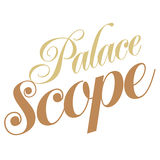La bascule du regard
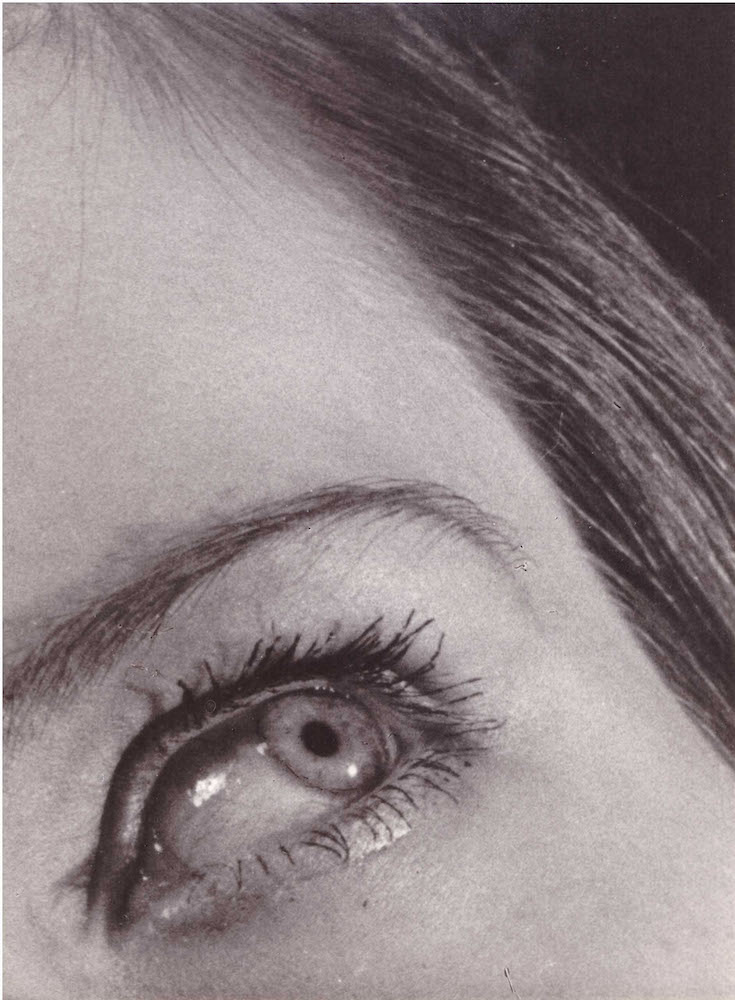
Image: 8 x 6 inches
Print: 8 x 6 inches
Stamped "Studio André Steiner, 18 rue Louis Le Grand, Paris 2e" on verso
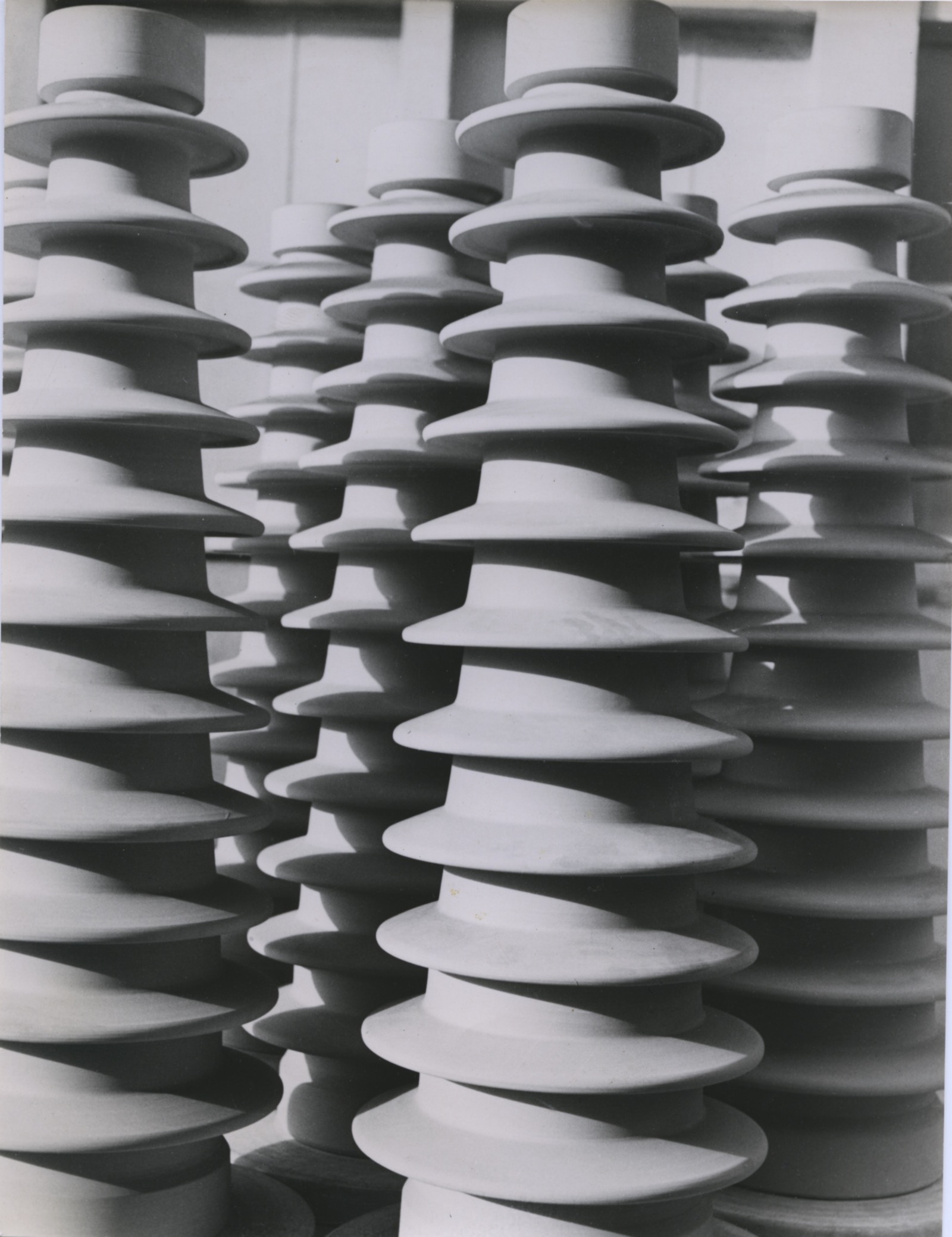
Image: 9 x 7 inches
Print: 9 x 7 inches
Signed on pencil by the artist and titled "Isolateurs" on verso
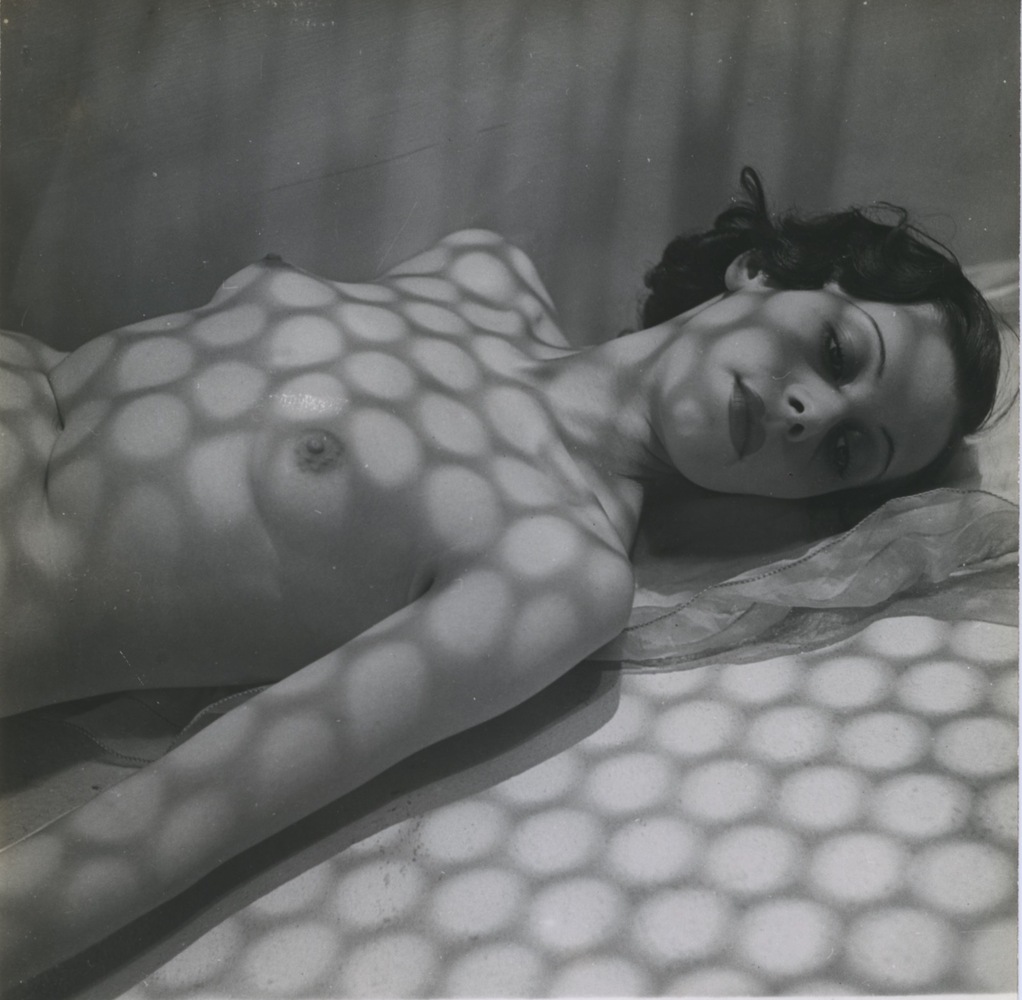
Image: 7 x 7 inches
Print: 9 x 7 inches
Stamped "Pierre Boucher" and "Alliance photo ADEP" on verso

Print: 10 x 8 inches
Artist stamp on verso

Image: 2 x 3 inches
Print: 2 x 3 inches
Signed in pencil on verso

Image: 9 x 7 inches
Print: 9 x 7 inches
Stamped "Studio André Steiner, 112 Ave Gambetta Paris 20 Tèl : Ménil 48-58" on verso
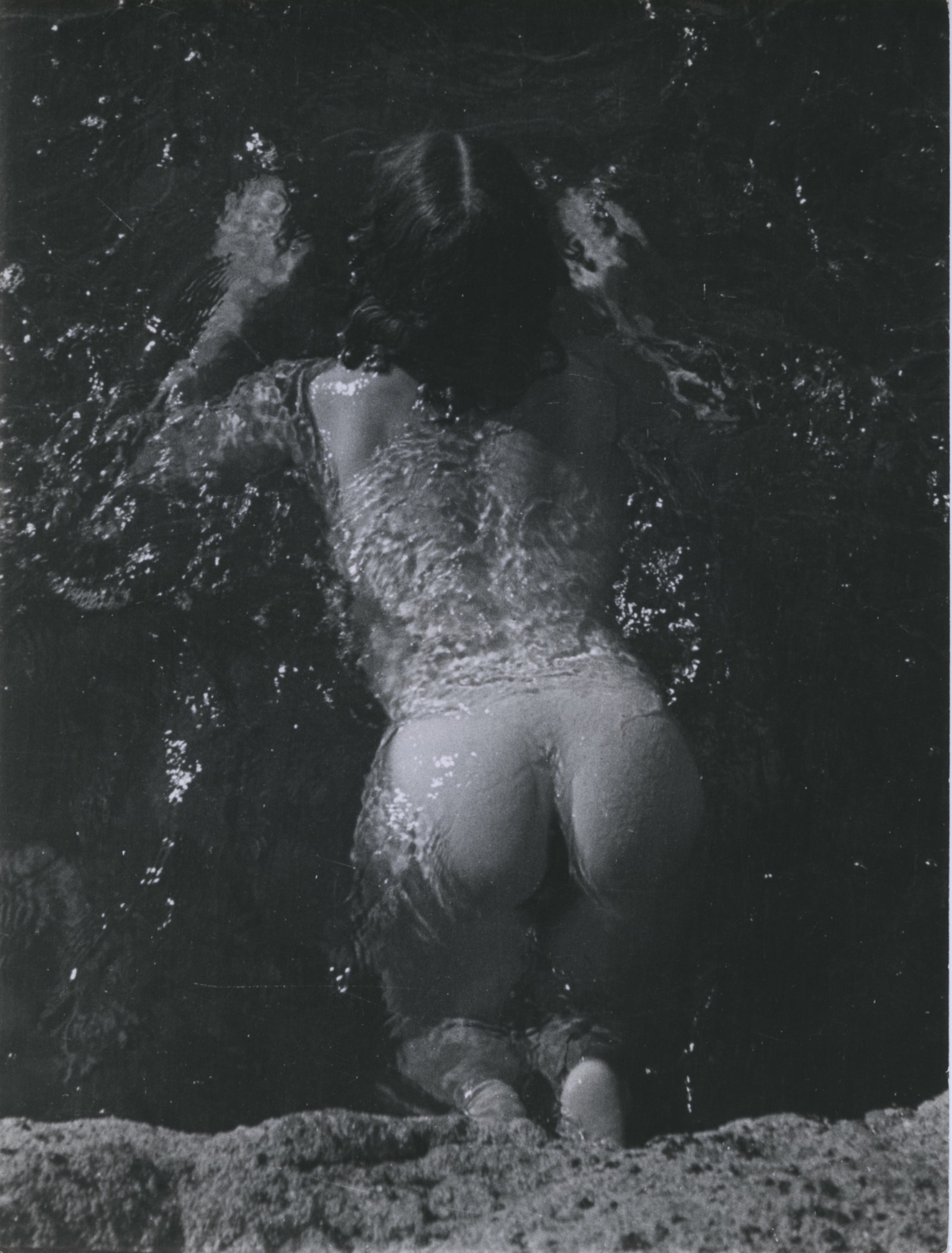
Image: 9 x 7 inches
Print: 9 x 7 inches
Stamped "Studio André Steiner 18 rue Louis Le Grand, Paris 2e" on verso
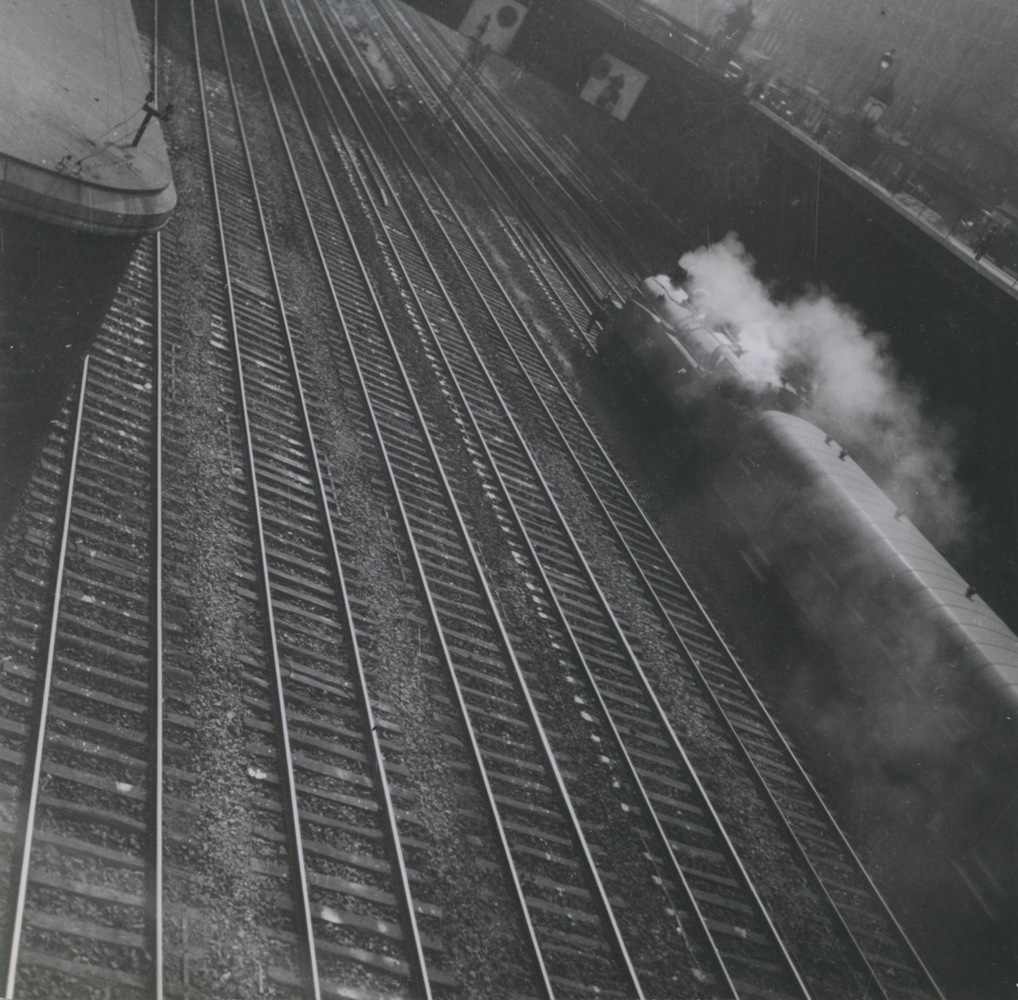
Image: 7 x 7 inches
Print: 7 x 7 inches
Stamped "Pierre Boucher" on verso
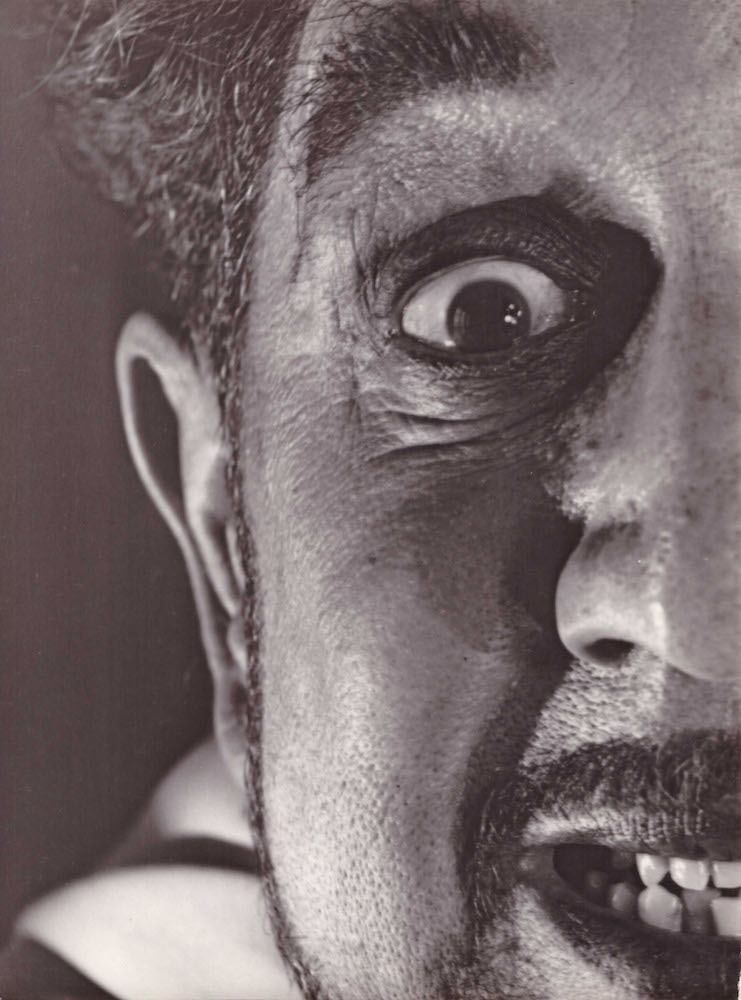
Image: 9 x 8 inches
Print: 9 x 8 inches
Stamped "Studio André Steiner, 18 rue Louis Le Grand, Paris 2e" on verso
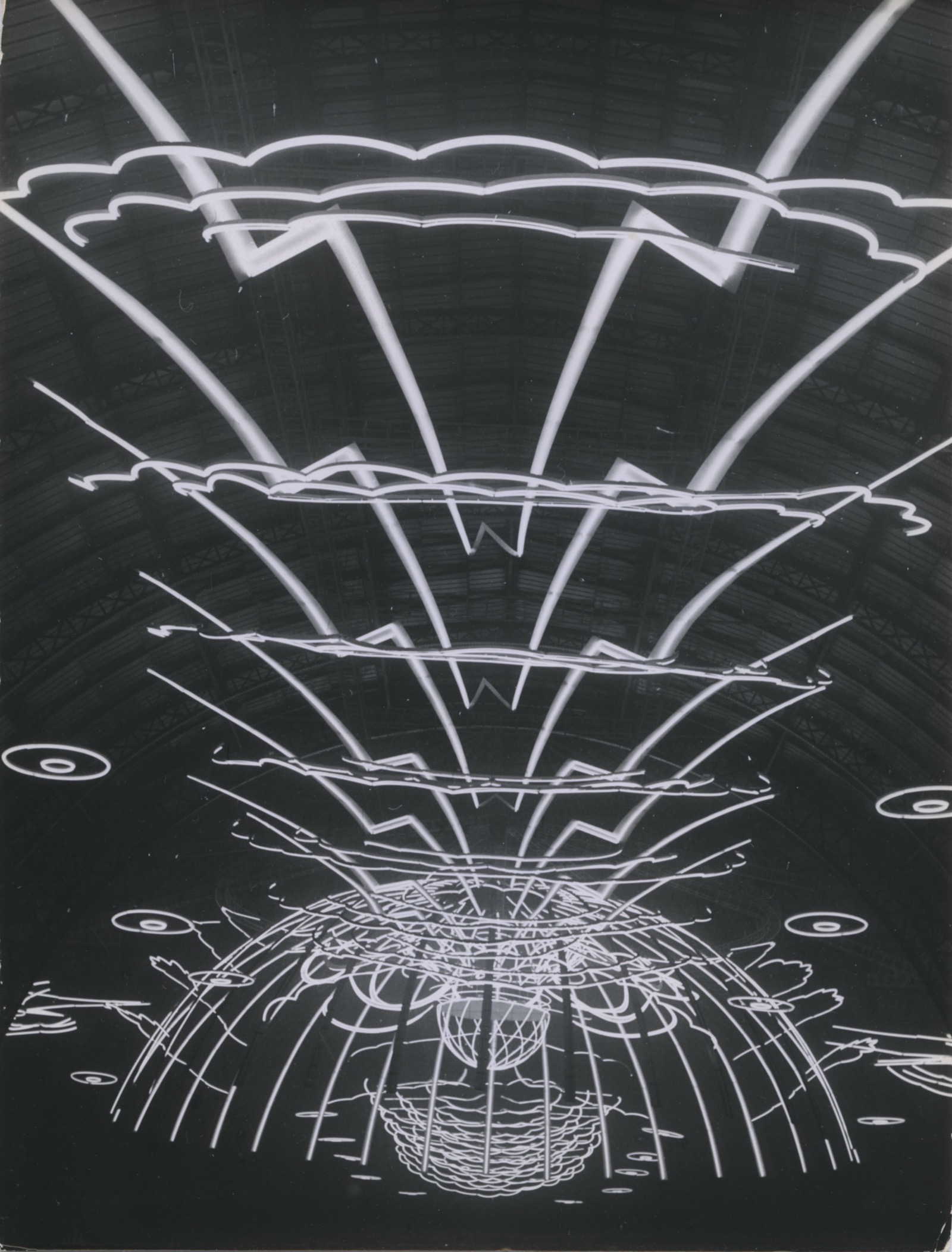
Image: 9 x 7 inches
Print: 9 x 7 inches
Stamped "Studio André Steiner, 112 Ave Gambetta Paris 20 Tèl : Ménil 48-58" on verso

Image: 9 x 7 inches
Print: 9 x 7 inches
Stamped and dated in pen on verso
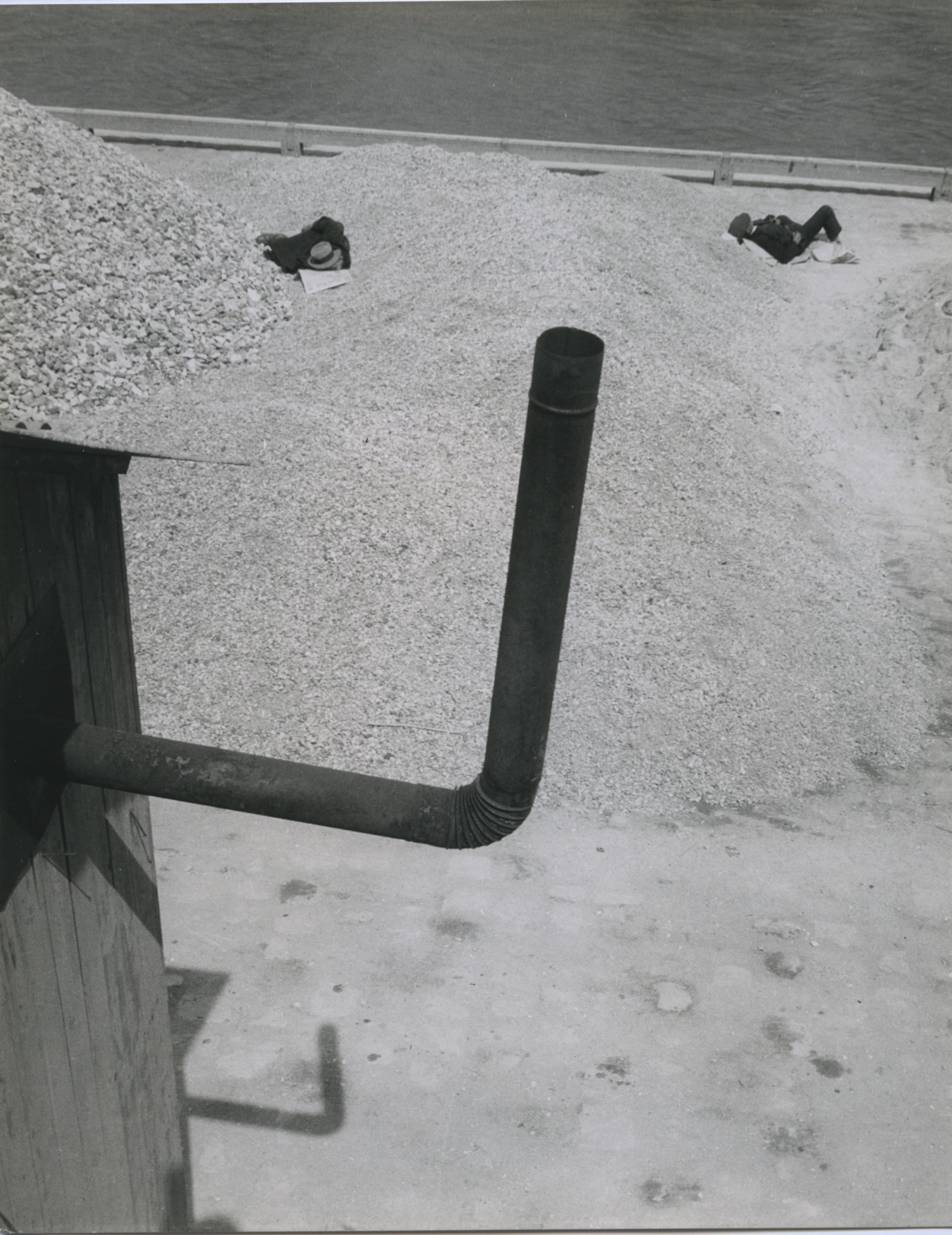
Image: 10 x 8 inches
Print: 10 x 8 inches
Stamped on verso

Image: 5 x 4 inches
Print: 5 x 4 inches
Stamped on verso
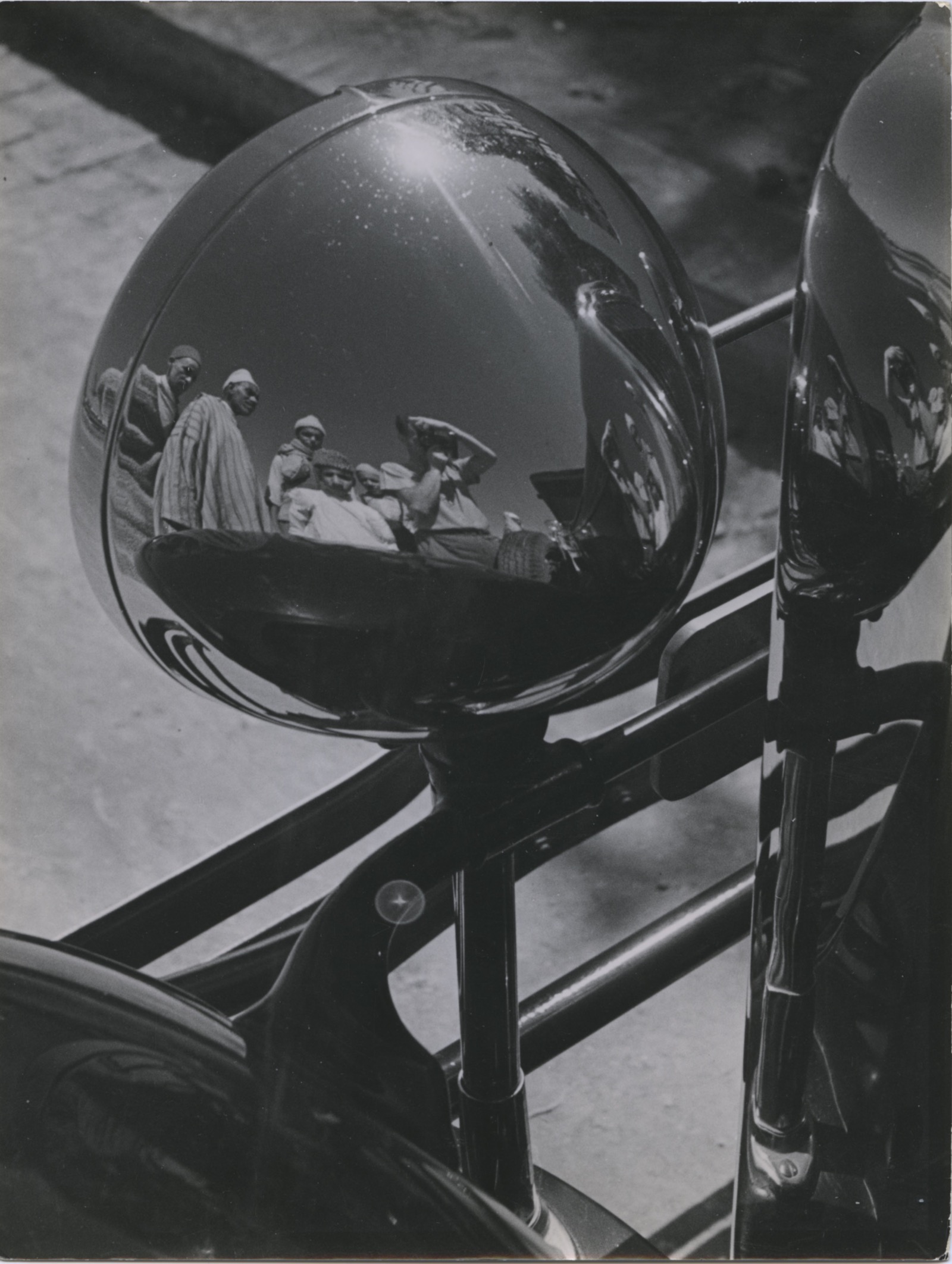
Image: 9 x 7 inches
Print: 9 x 7 inches
Stamped "Studio André Steiner, 112 Ave Gambetta Paris 20 Tèl : Ménil 48-58" on verso
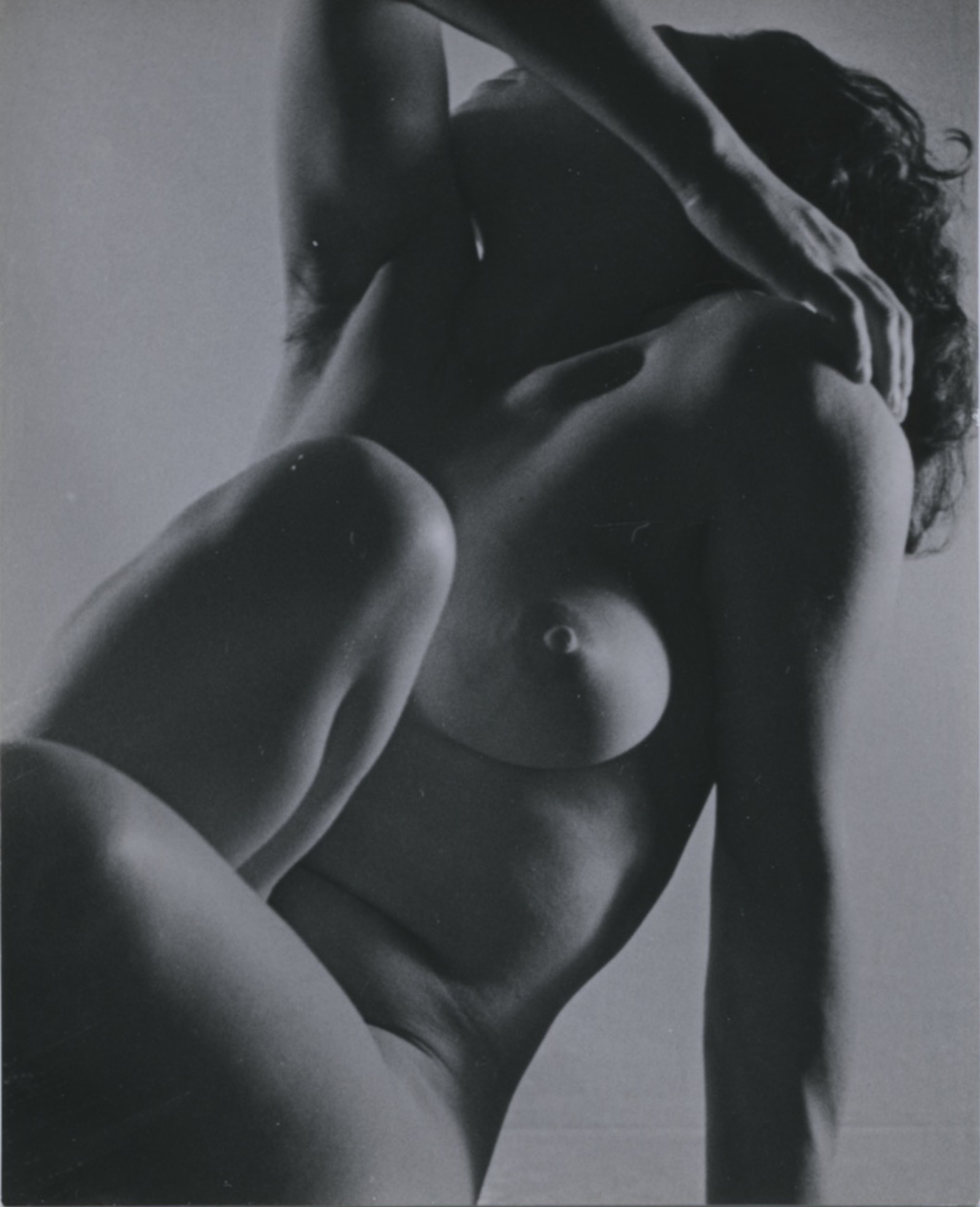
Image: 4 x 3 inches
Print: 4 x 3 inches
Stamped "Studio André Steiner 18 rue Louis Le Grand, Paris 2e" on verso
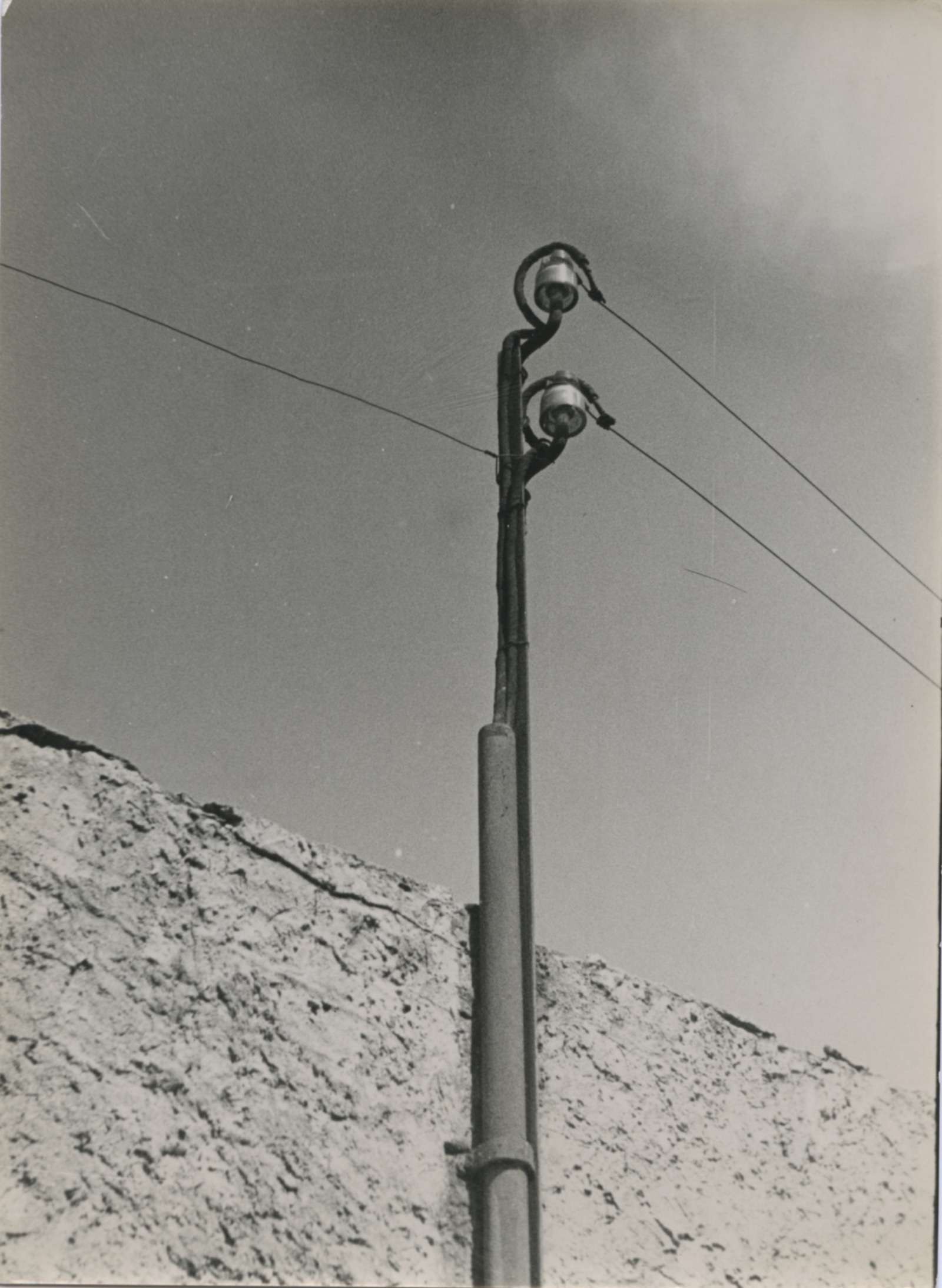
Image: 9 x 7 inches
Print: 9 x 7 inches
Stamped "André Steiner 112 Ave Gambetta Paris 20" on verso
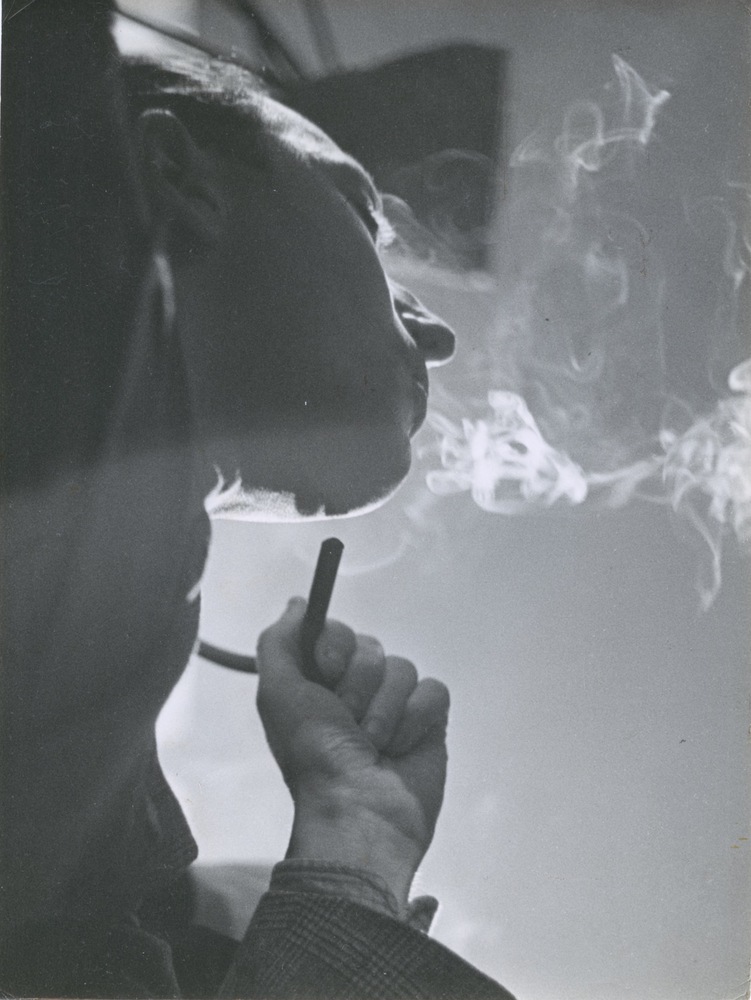
Image: 9 x 7 inches
Print: 9 x 7 inches
Stamped "André Steiner 112 Ave Gambetta Paris 20", label "A visite at the smoker's club in Paris/ A strange figure blown from the corner of the mouth. 571/33" on verso
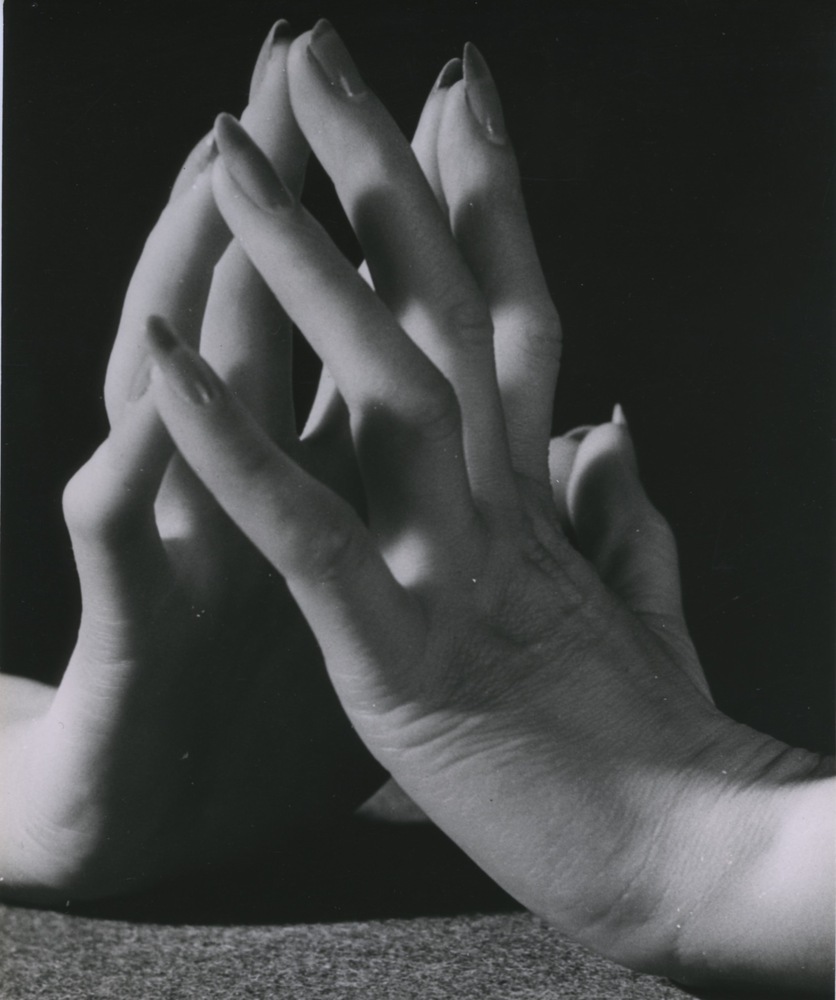
Image: 9 x 7 inches
Print: 9 x 7 inches
Stamped "Studio André Steiner, 18 rue Louis Le Grand, Paris 2e" on verso

Image: 9 x 7 inches
Print: 9 x 7 inches
Titled "Ski nautique", stamped "Dessin Photo Pierre Boucher" and stamped "Alliance Photo ADEP" on verso
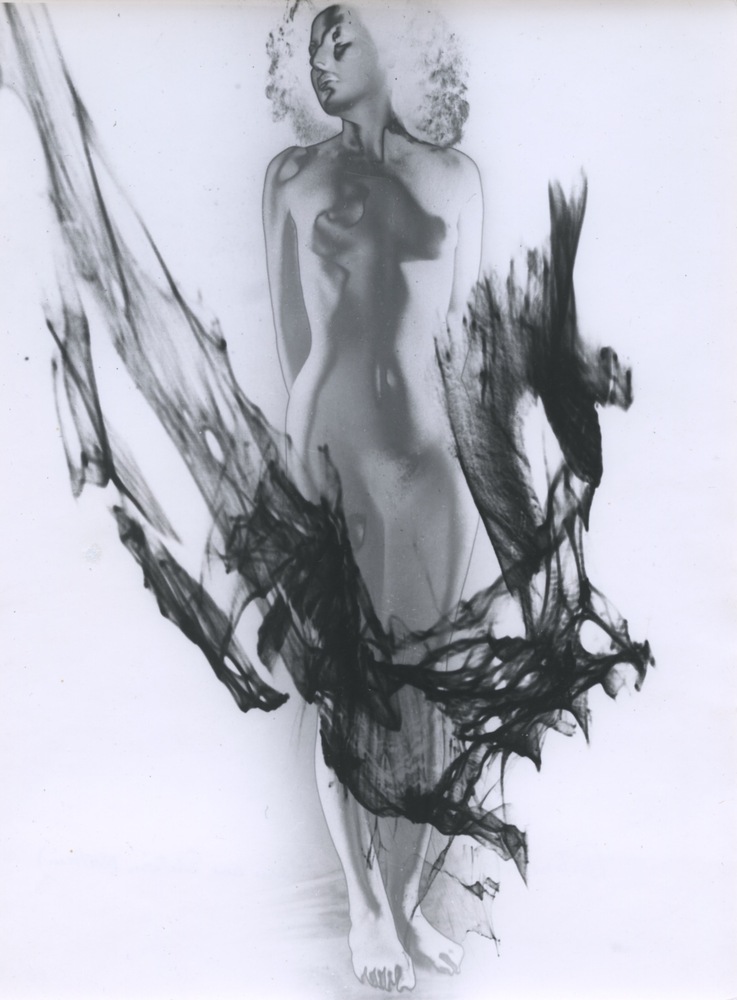
Image: 9 x 7 inches
Print: 9 x 7 inches
Stampted "Pierre Boucher" and "Photo montage et (Paru aux éditions Natkin)" writtend in pen on verso
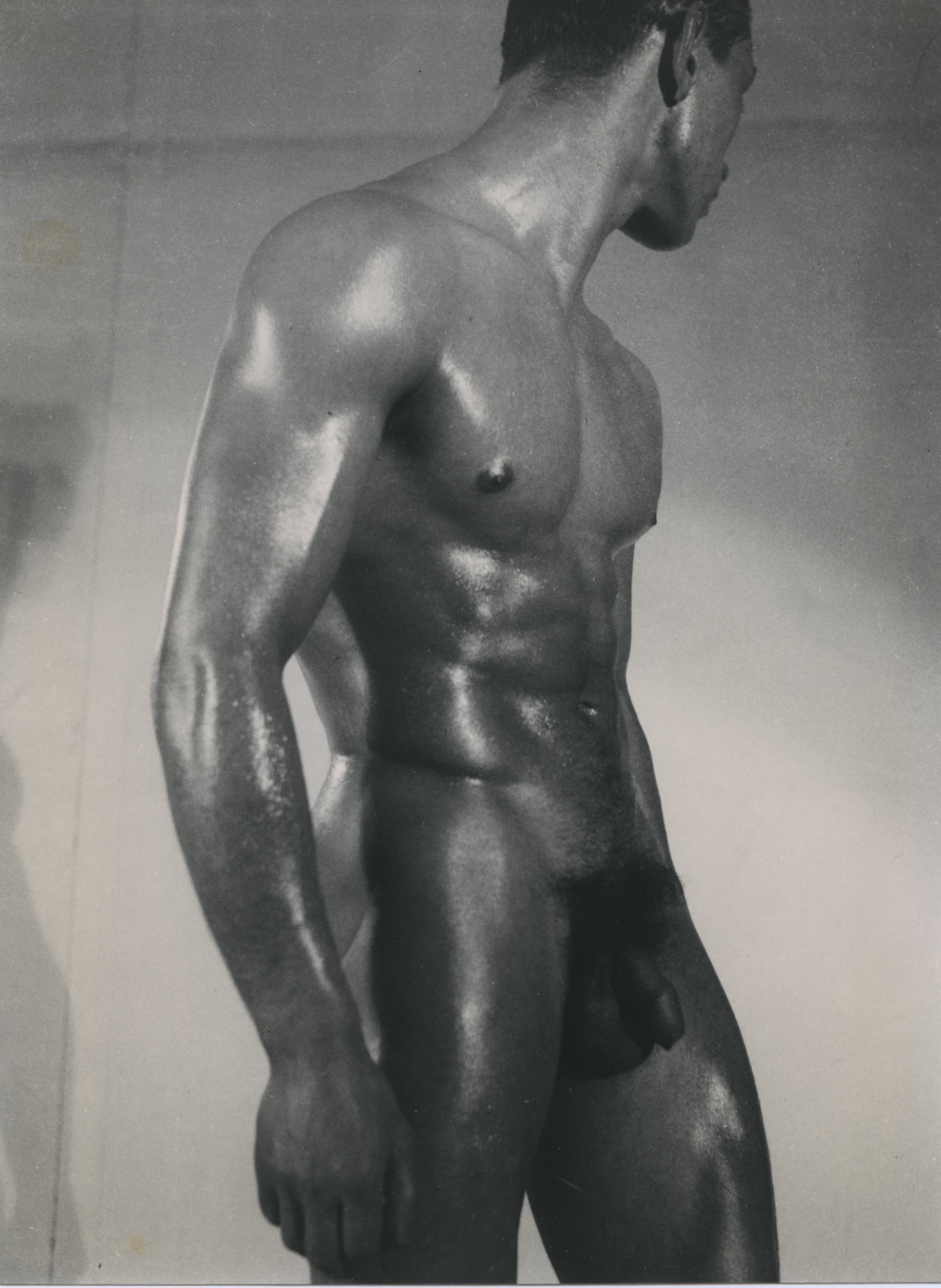
Image: 9 x 7 inches
Print: 9 x 7 inches
Stamped in violet ink "A Photo Pierre Boucher" and dated "1937" on black pen on verso
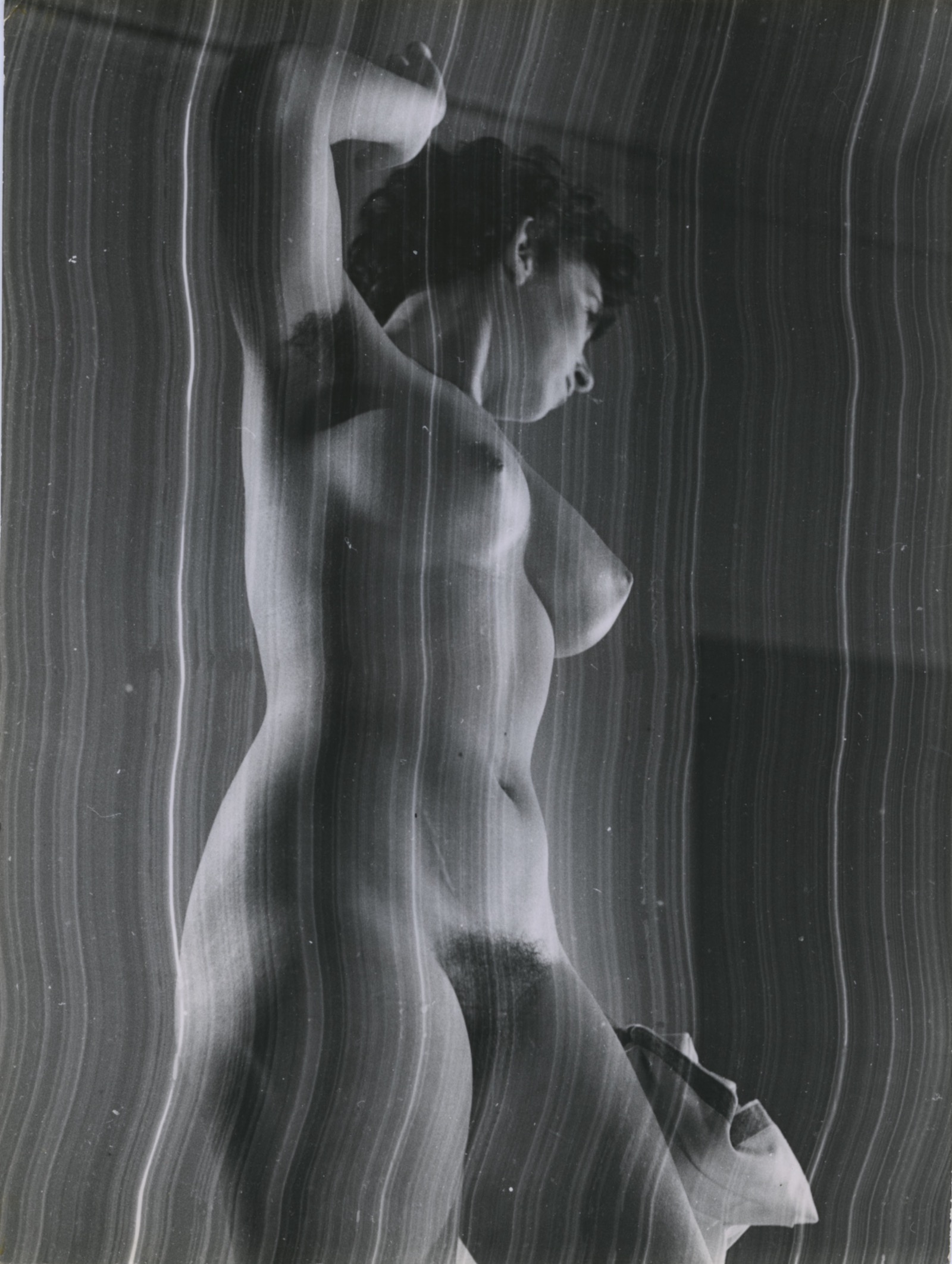
Image: 9 x 7 inches
Print: 9 x 7 inches
Stamp "Pierre Boucher" and stamp "Alliance photo ADEP" on verso
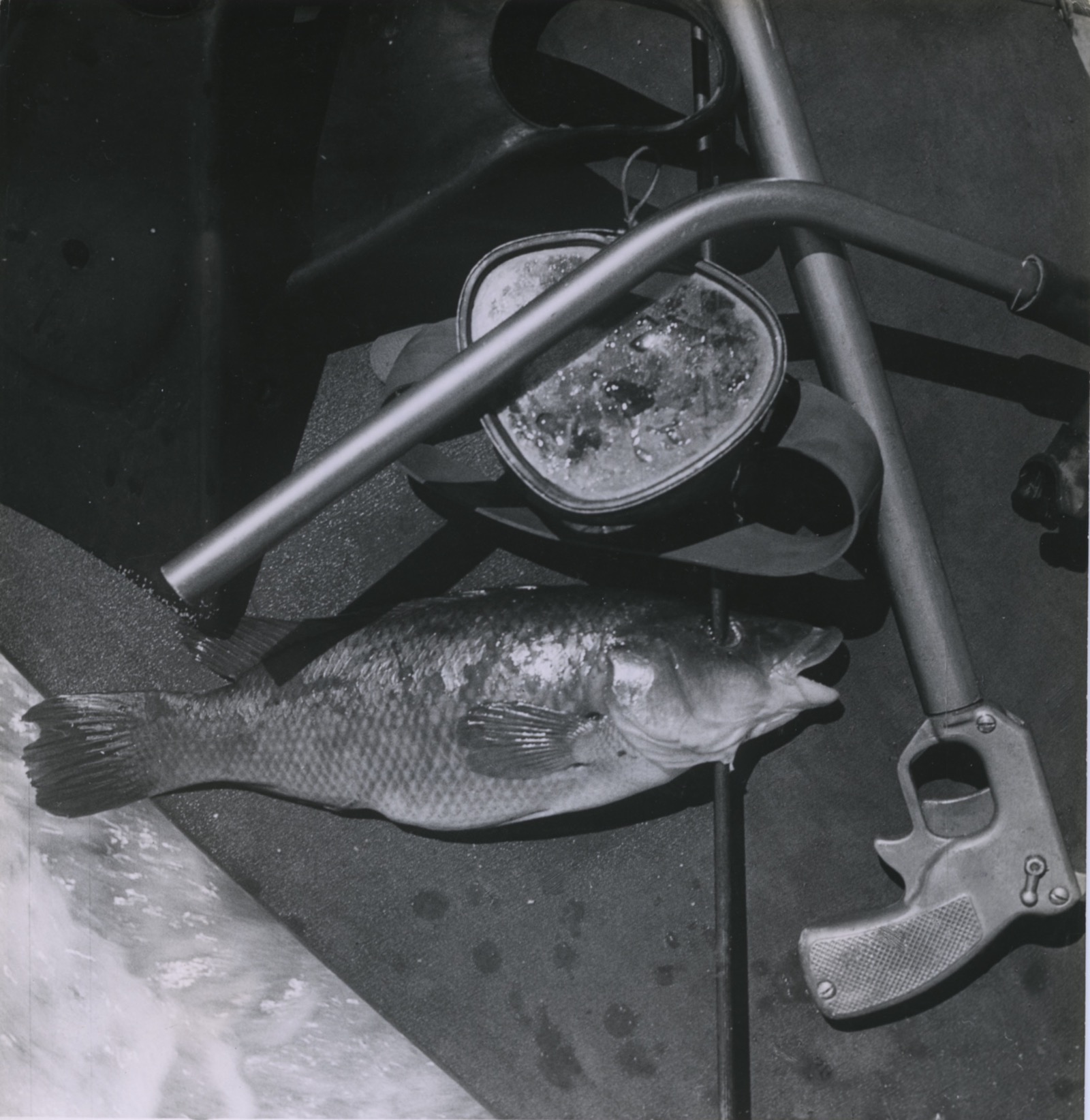
Image: 7 x 7 inches
Print: 9 x 7 inches
Stamped "Photo Pierre Boucher, autres tampons d'attribution barrés (S. Laroche et Verger), agence stamp, "Produit de la mer" written on pencil on verso

Image: 7 x 9 inches
Print: 7 x 9 inches
Stamped in violet ink "Photo Pierre Boucher" au crayon AB/14-9 on verso
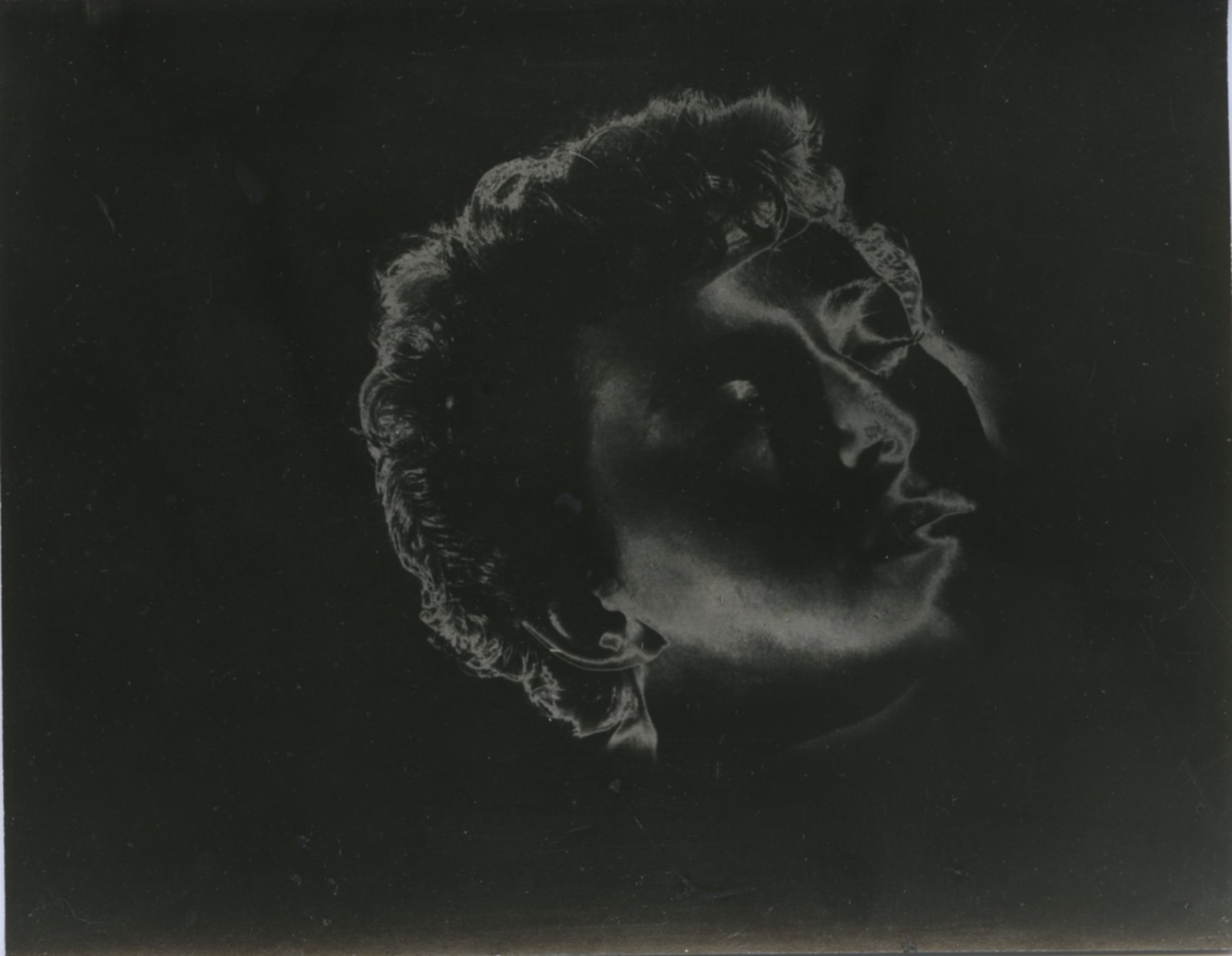
Image: 4 x 5 inches
Print: 4 x 5 inches
Signed on pencil on verso
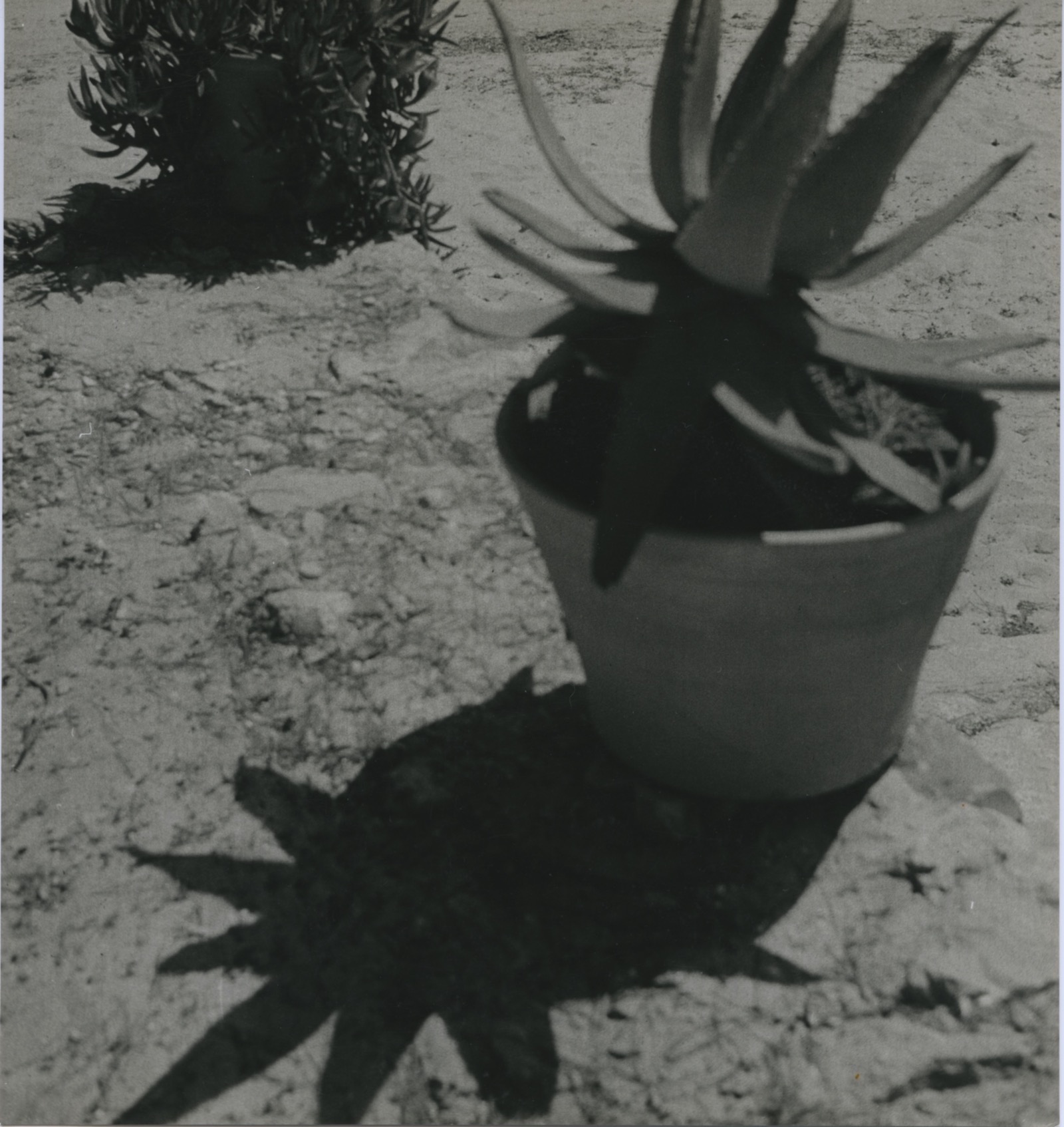
Image: 8 x 7 inches
Print: 8 x 7 inches
Stamped on verso

Image: 7 x 5 inches
Print: 7 x 5 inches
Signed by the artist in pencil on recto and stamped on verso
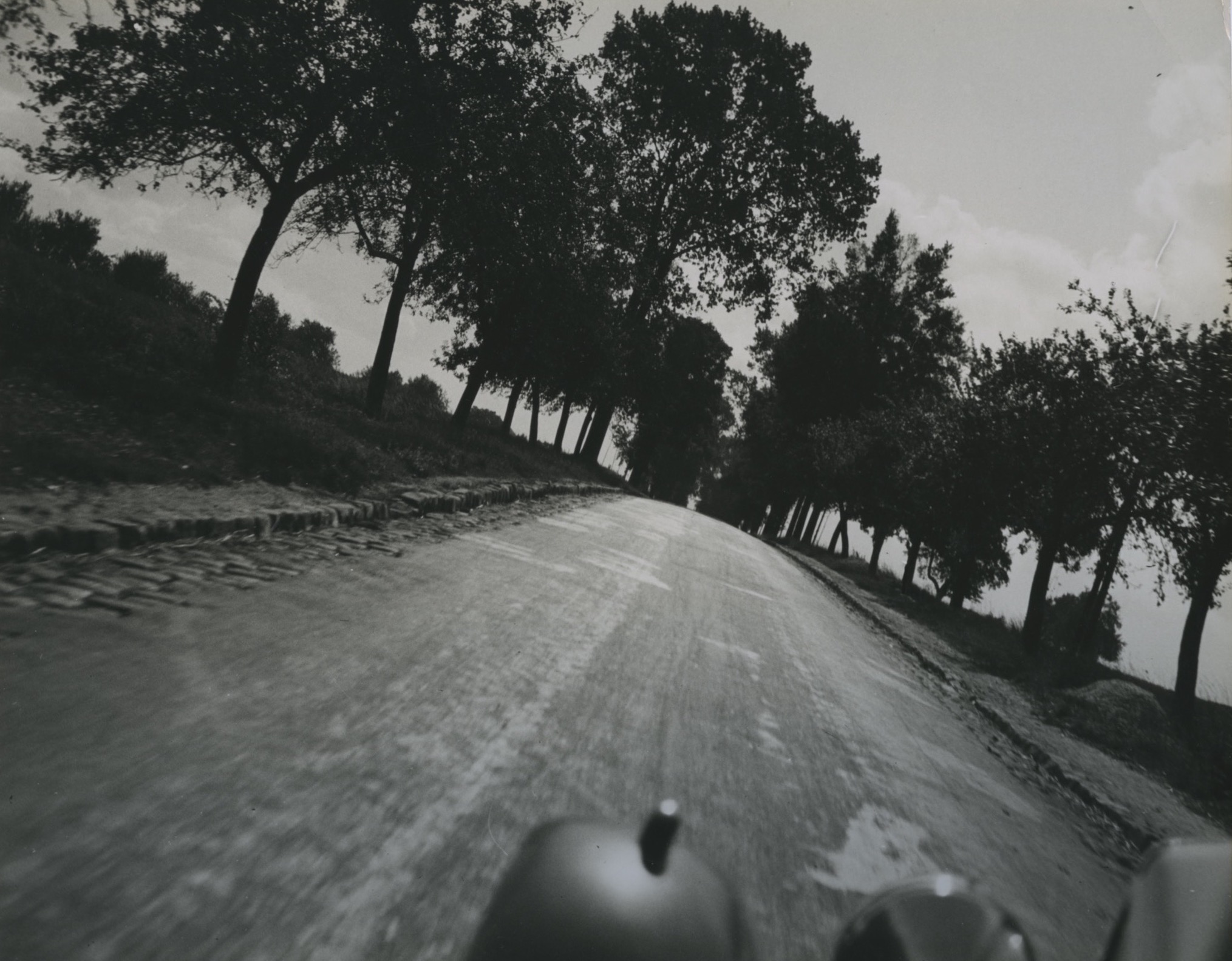
Image: 9 x 11 inches
Print: 9 x 11 inches
Stamped "Jean Moral 8, rue Blomet Paris" and new adress in pencil "18 rue du Théâtre" on verso
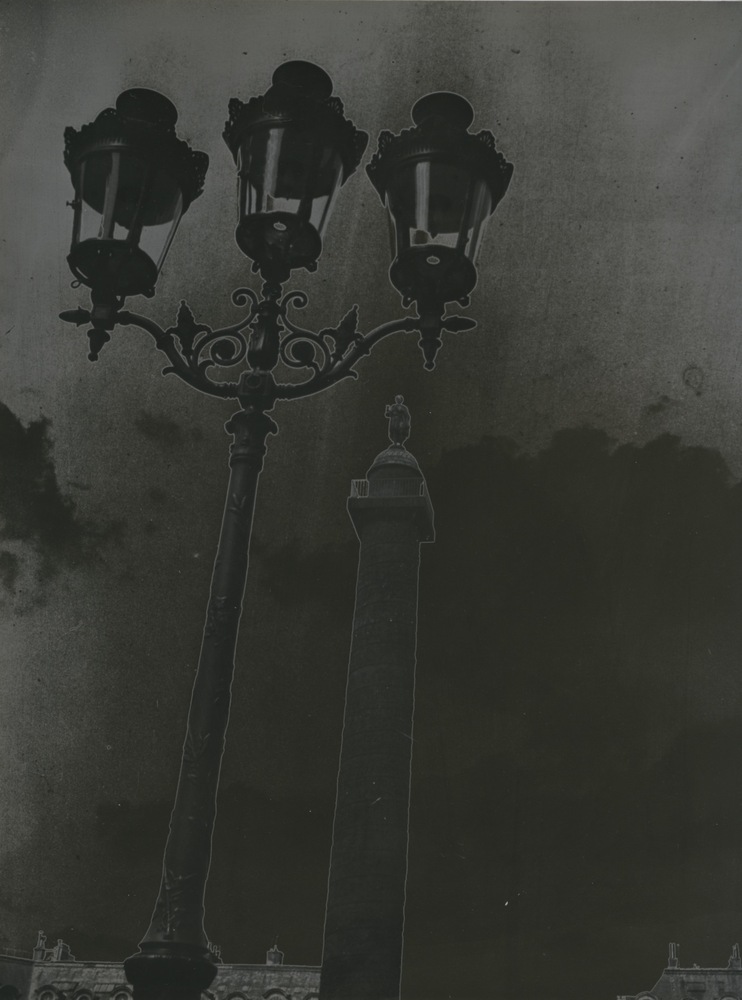
Image: 11 x 9 inches
Print: 11 x 9 inches
Stamped on verso
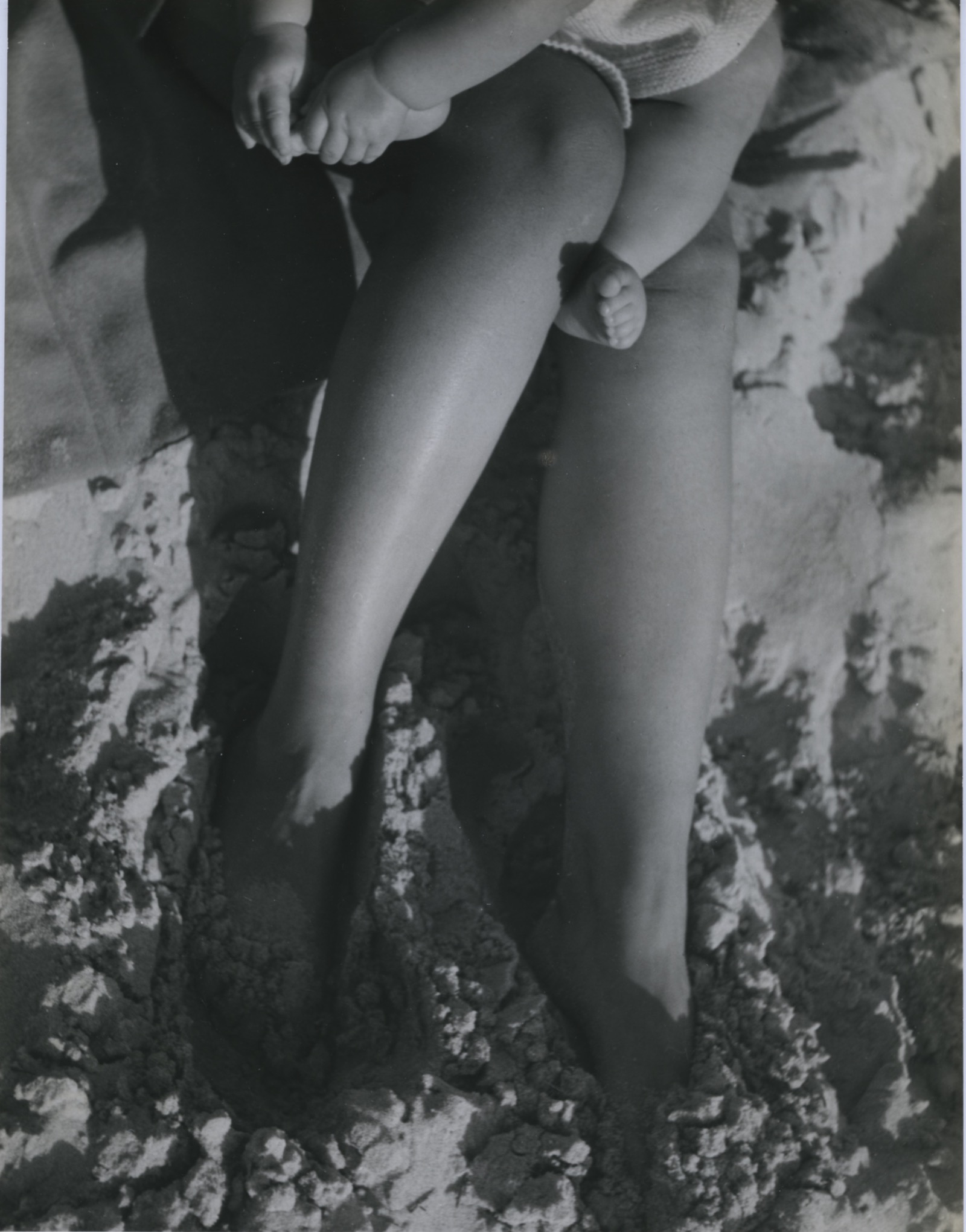
Image: 10 x 7 inches
Print: 10 x 7 inches
Signed by the artist on recto and stamped on verso
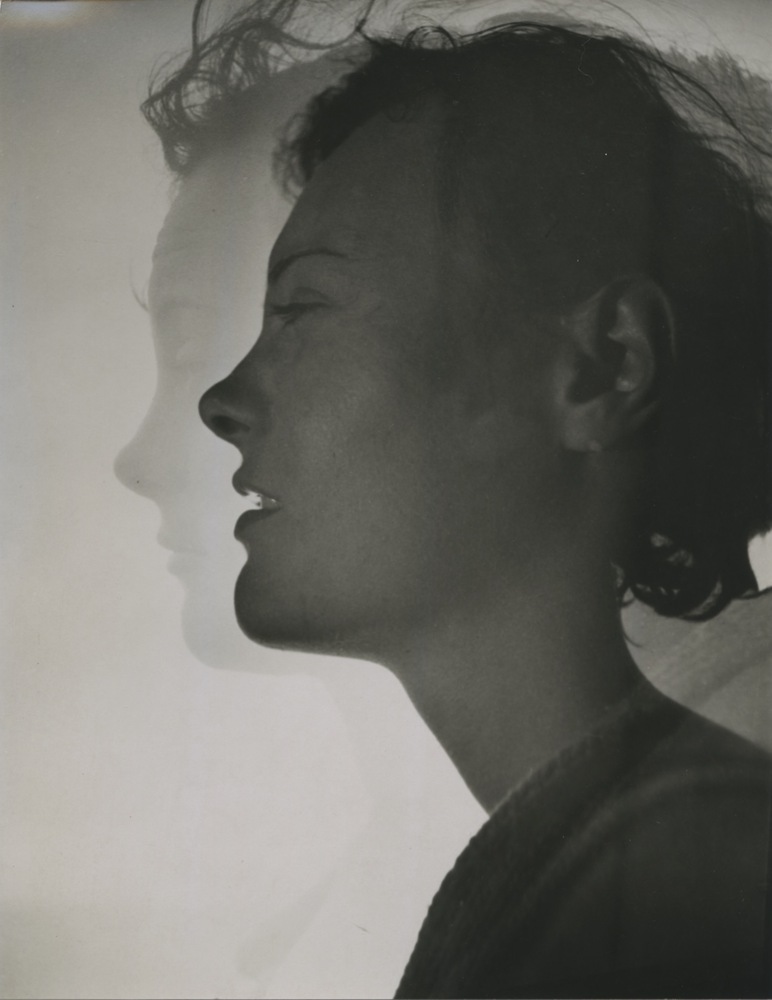
Image: 9 x 7 inches
Print: 9 x 7 inches
Signed by the artist on verso
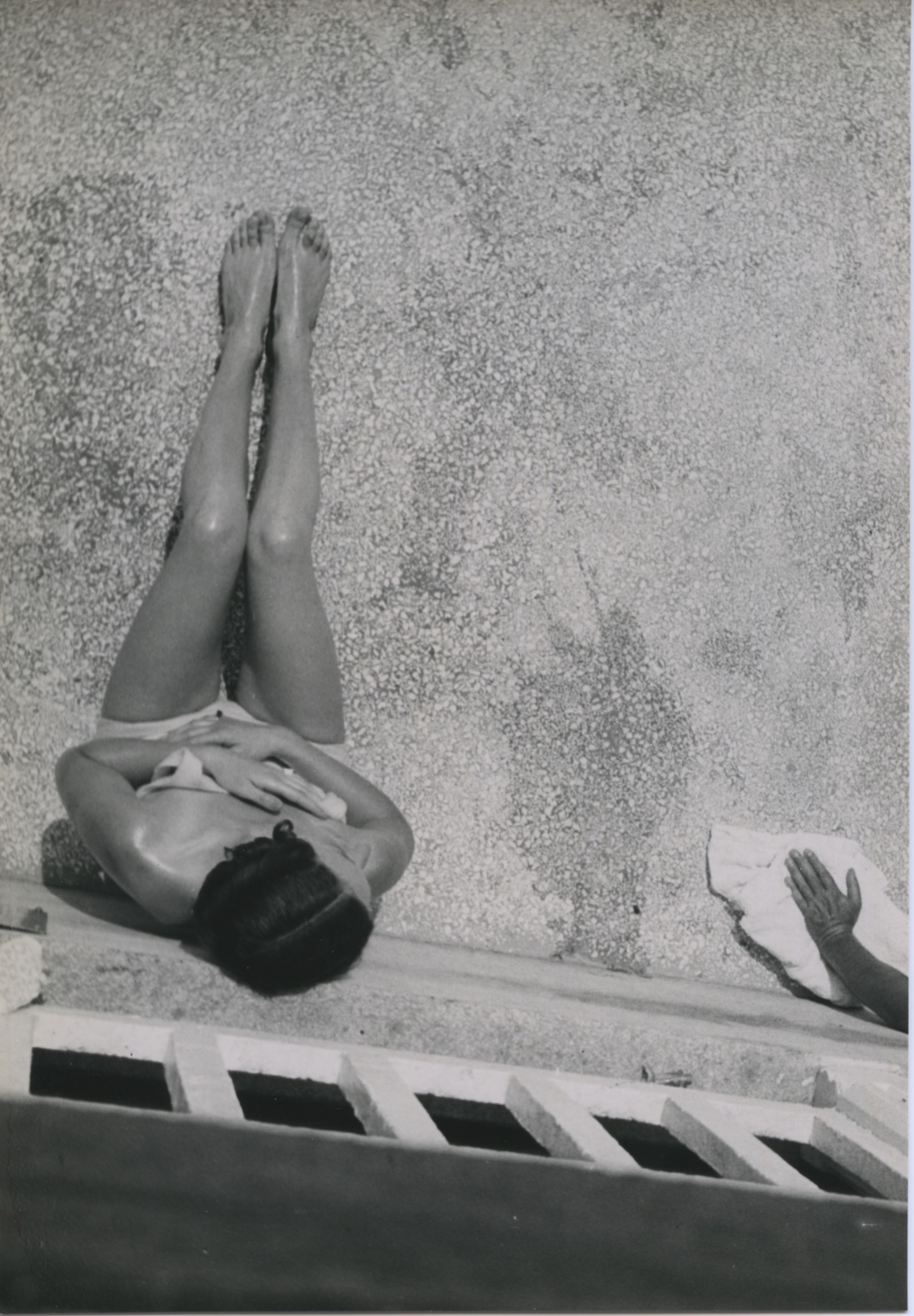
Image: 8 x 5 inches
Print: 8 x 5 inches
Stamped on verso
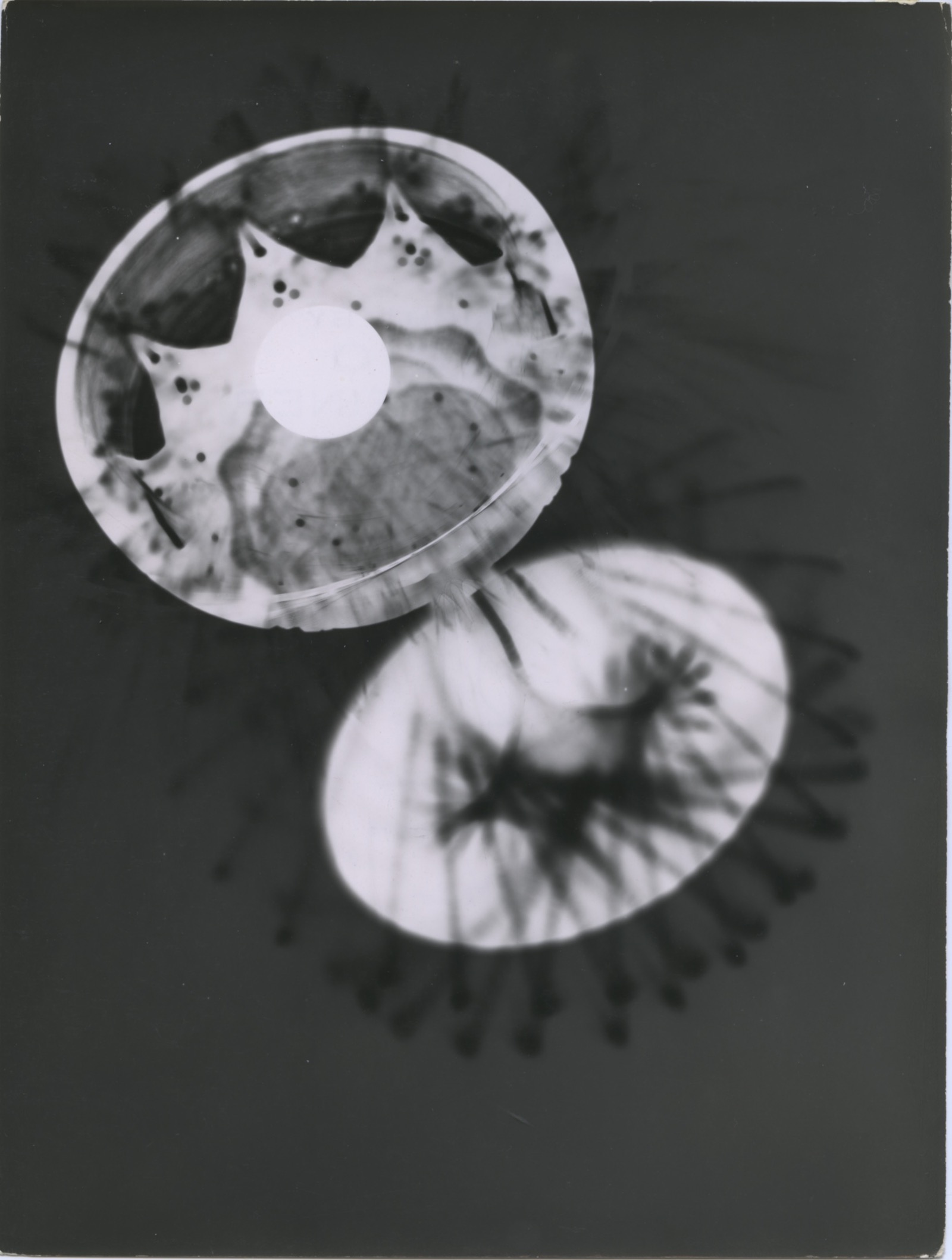
Image: 9 x 7 inches
Print: 9 x 7 inches
Stamped "Studio André Steiner 18 rue Louis Le Grand, Paris 2e" on verso
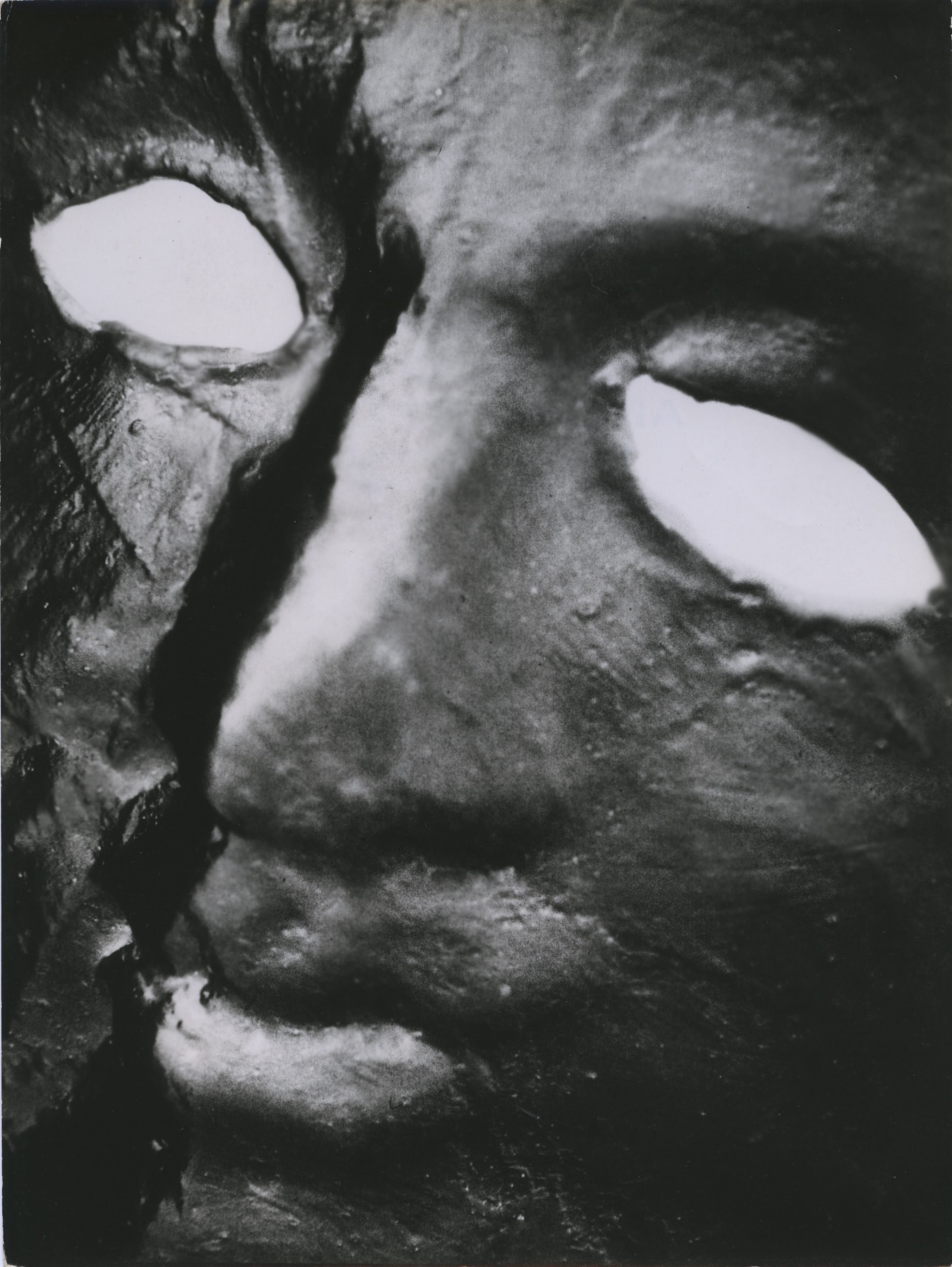
Image: 9 x 7 inches
Print: 9 x 7 inches
Stamped "Studio André Steiner 18 rue Louis Le Grand, Paris 2e" on verso
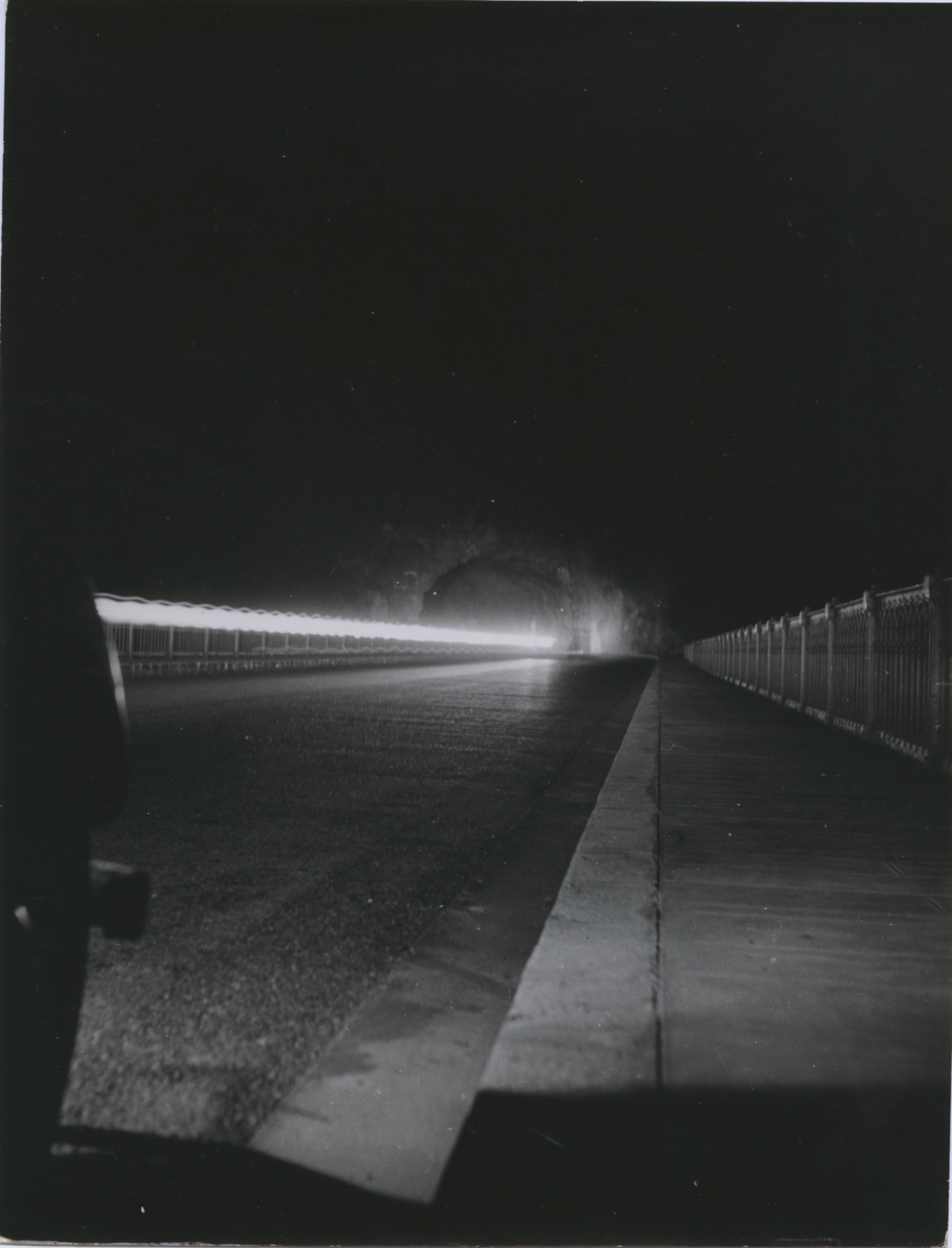
Image: 9 x 7 inches
Print: 9 x 7 inches
Stamped "Studio André Steiner, 112 Ave Gambetta Paris 20" on verso

Image: 9 x 7 inches
Print: 12 x 9 inches
Signed on recto at the bottom right on the mount and stamped "Studio André Steiner, 112 Ave Gambetta Paris 20" on verso

Image: 9 x 7 inches
Print: 9 x 7 inches
Stamped "Studio André Steiner, 112 Ave Gambetta Paris 20" and red stamp new adress : "18, rue Louis Le Grand, Paris 2e" on verso
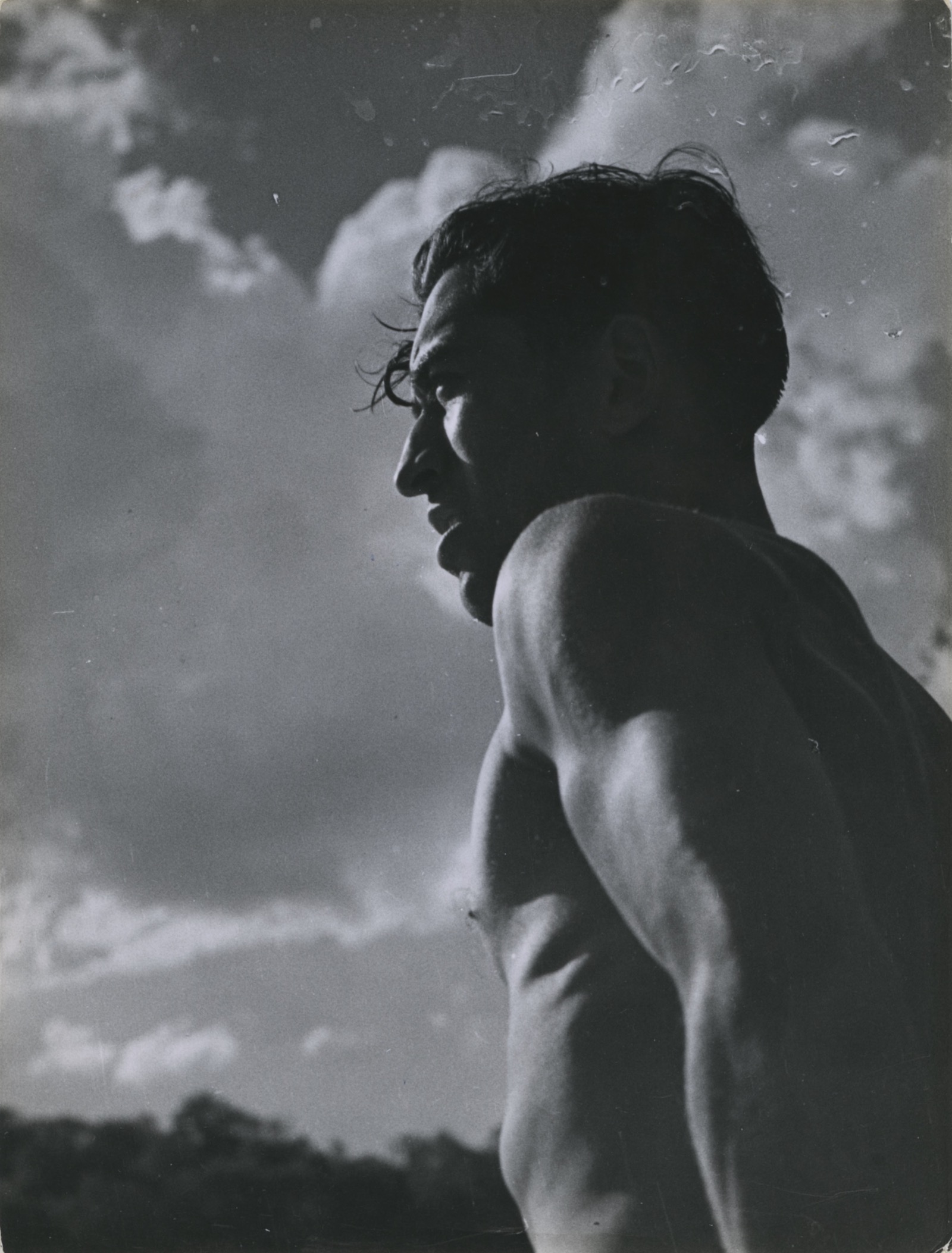
Image: 9 x 7 inches
Print: 9 x 7 inches
Stamped "Studio André Steiner, 112 Ave Gambetta Paris 20" on verso

Image: 9 x 7 inches
Print: 9 x 7 inches
Stamped "Studio André Steiner, 112 Ave Gambetta Paris 20" on verso
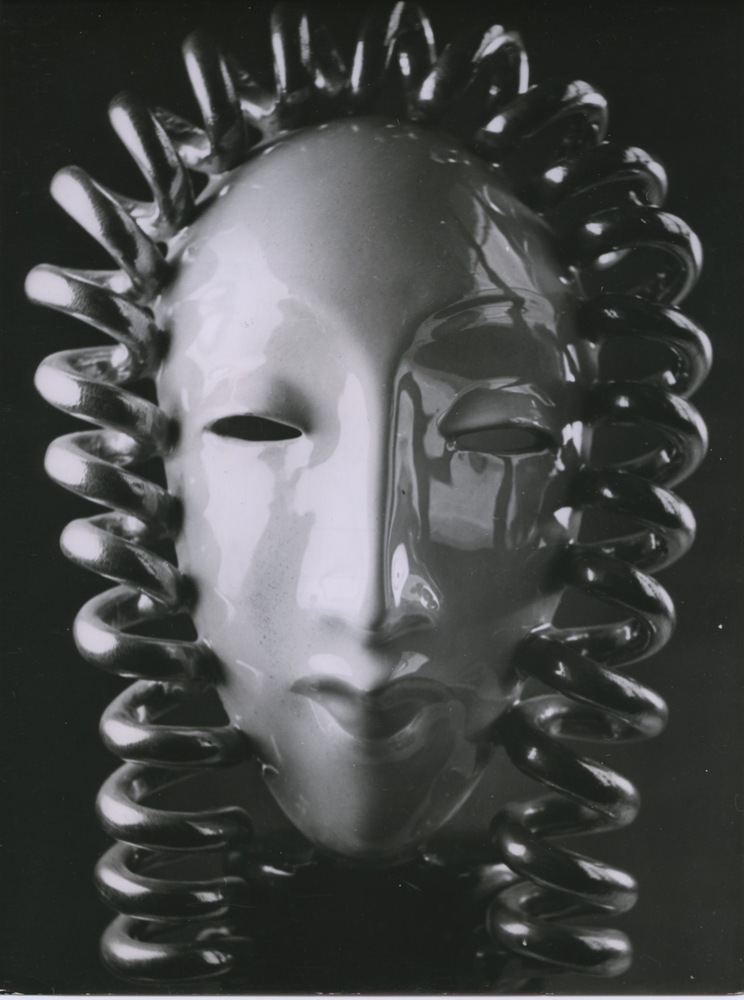
Image: 9 x 7 inches
Print: 9 x 7 inches
Stamped "Studio André Steiner 18 rue Louis Le Grand, Paris 2e" on verso
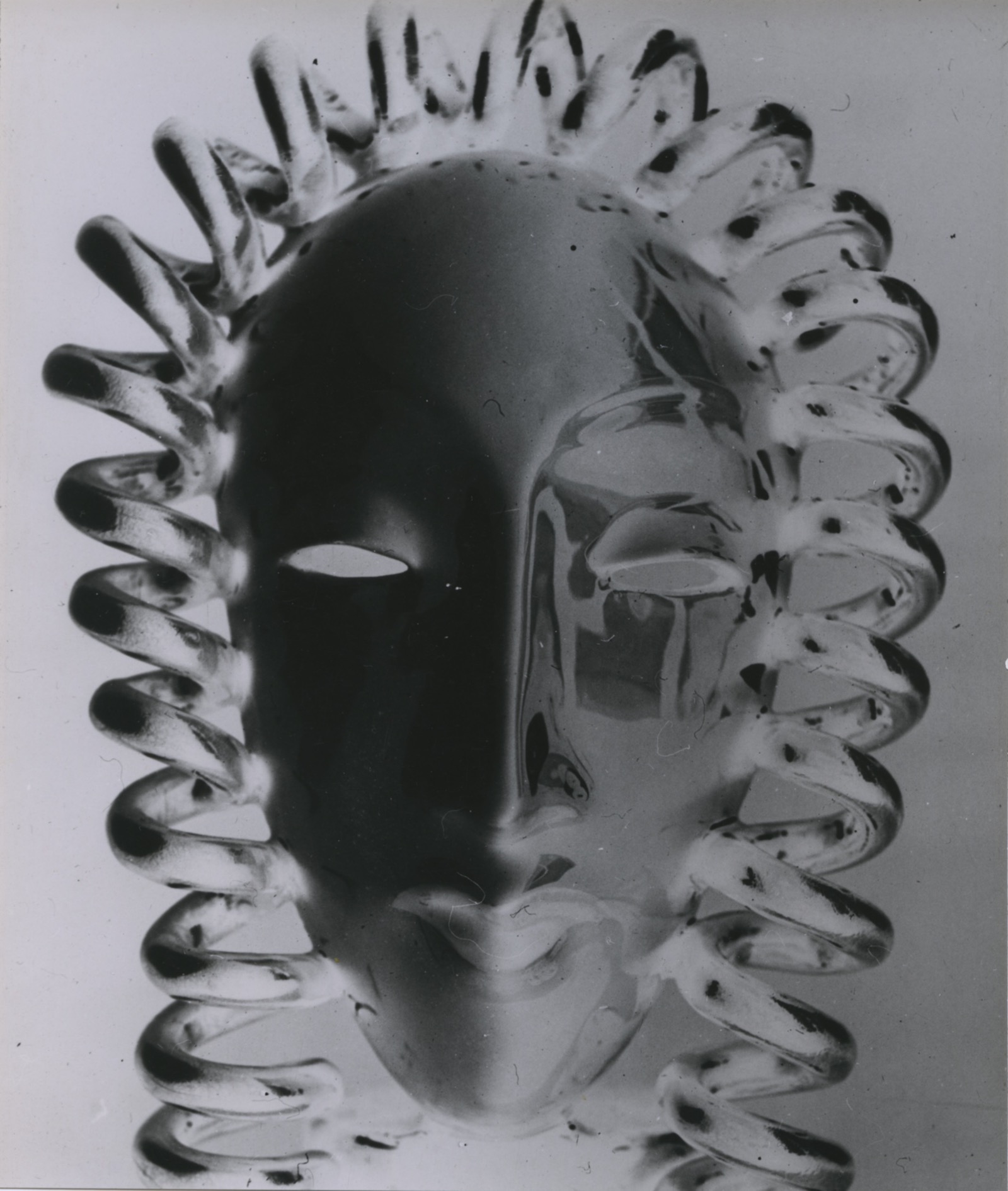
Image: 9 x 7 inches
Print: 9 x 7 inches
Stamped "Studio André Steiner 18 rue Louis Le Grand, Paris 2e" on verso
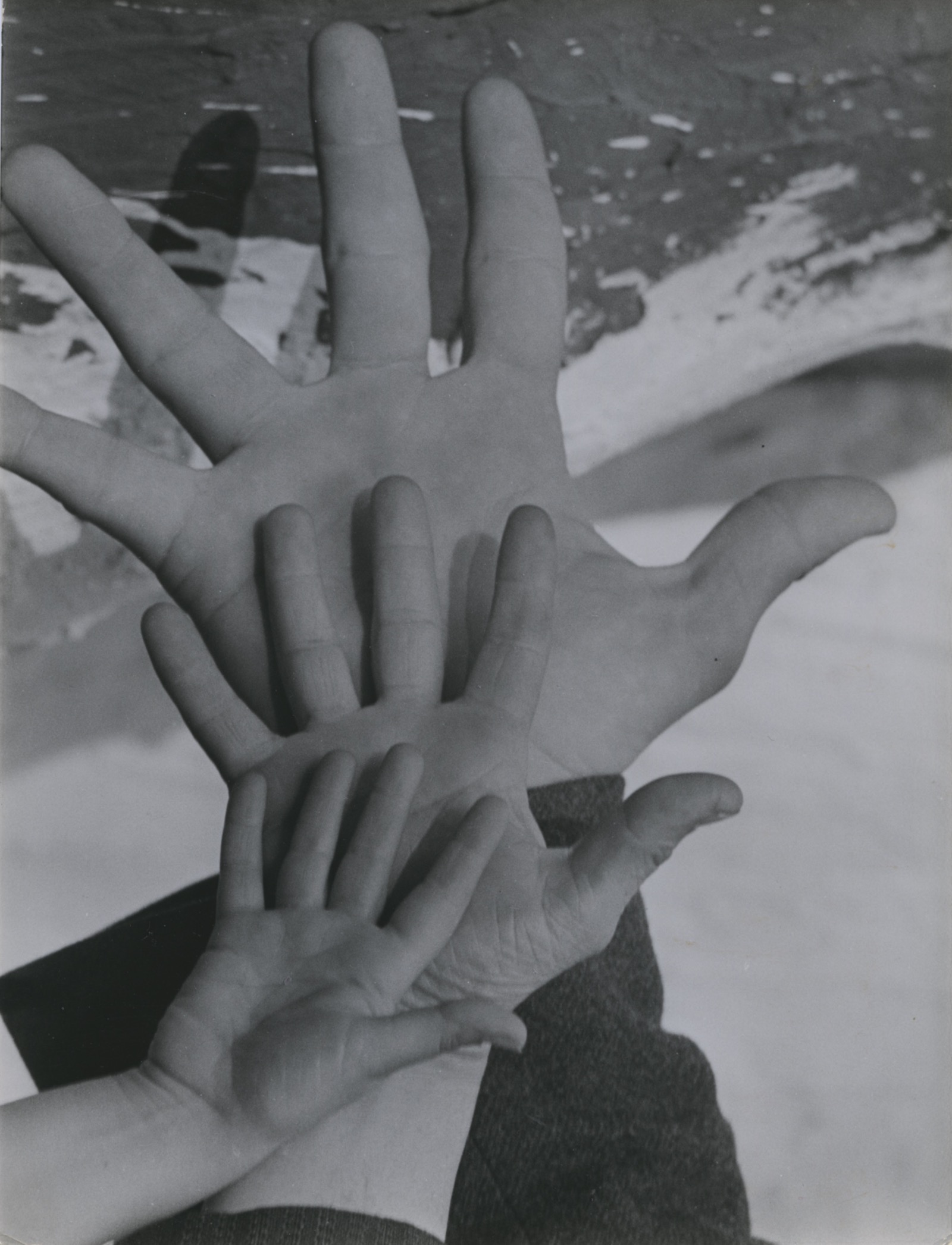
Image: 9 x 7 inches
Print: 9 x 7 inches
Stamped "Studio André Steiner, 112 Ave Gambetta Paris 20" on verso
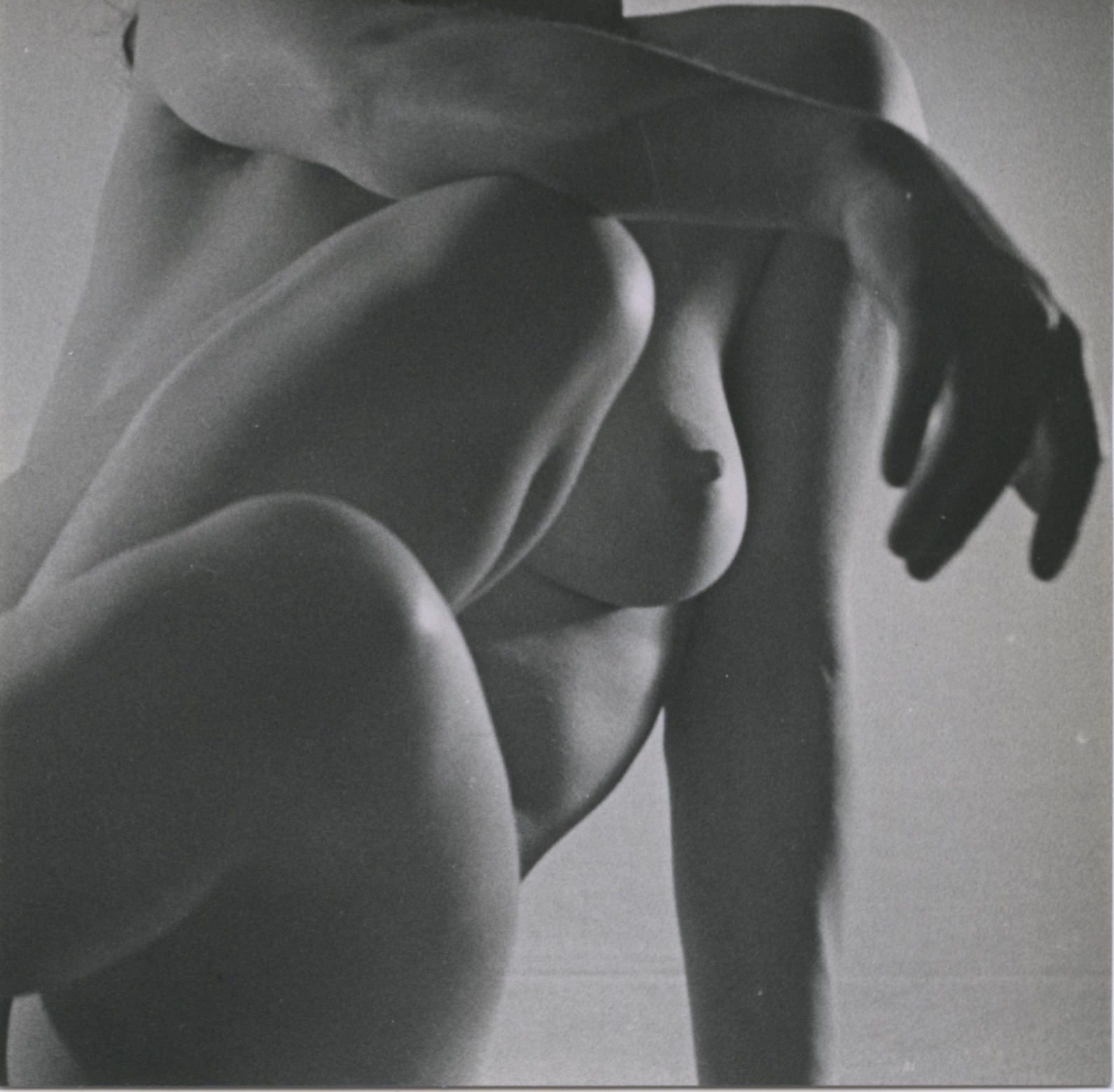
Image: 5 x 5 inches
Print: 5 x 5 inches
Stamped "Studio André Steiner 18 rue Louis Le Grand, Paris 2e" on verso
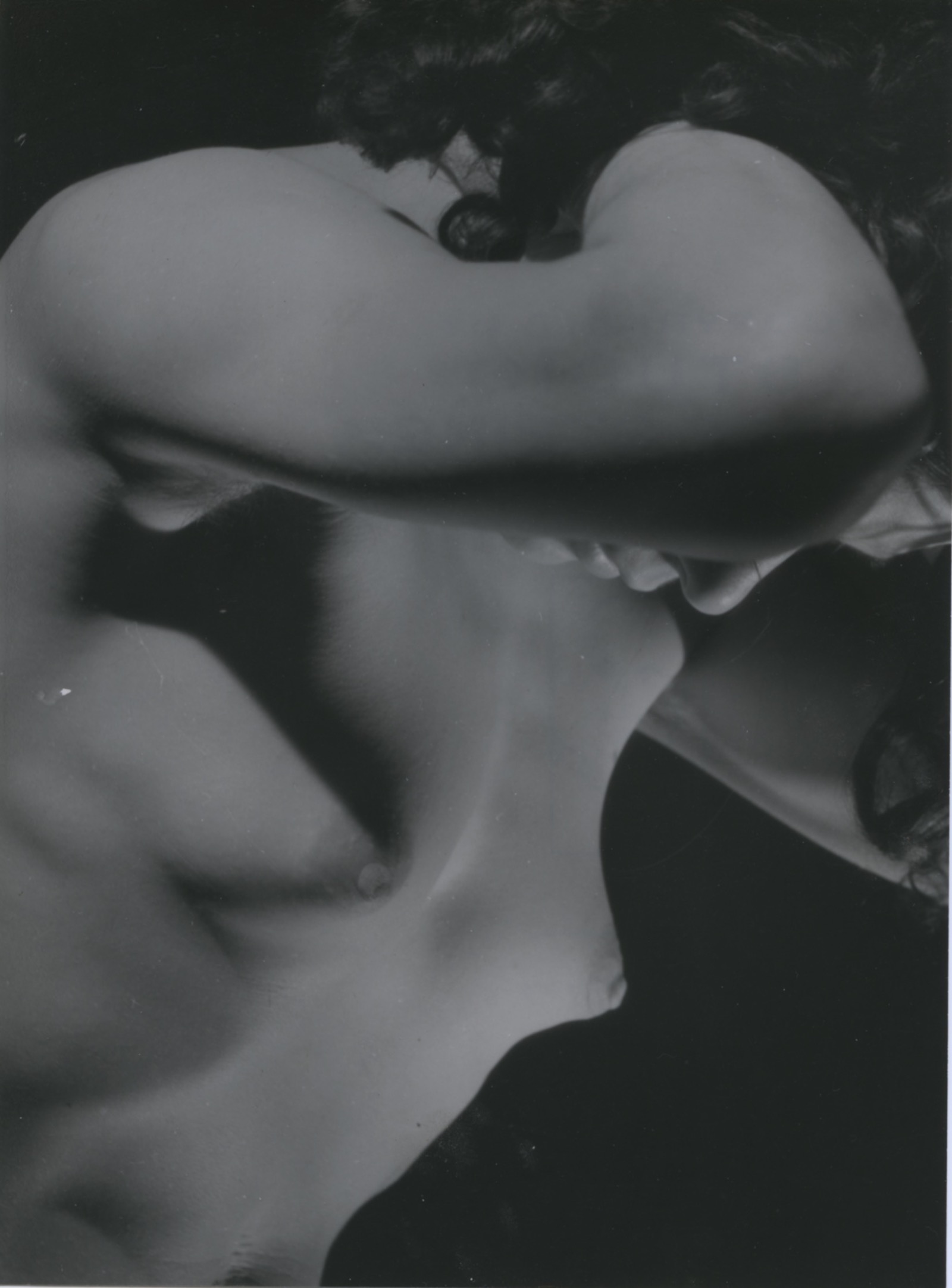
Image: 7 x 5 inches
Print: 7 x 5 inches
Stamped "Studio André Steiner 18 rue Louis Le Grand, Paris 2e" on verso
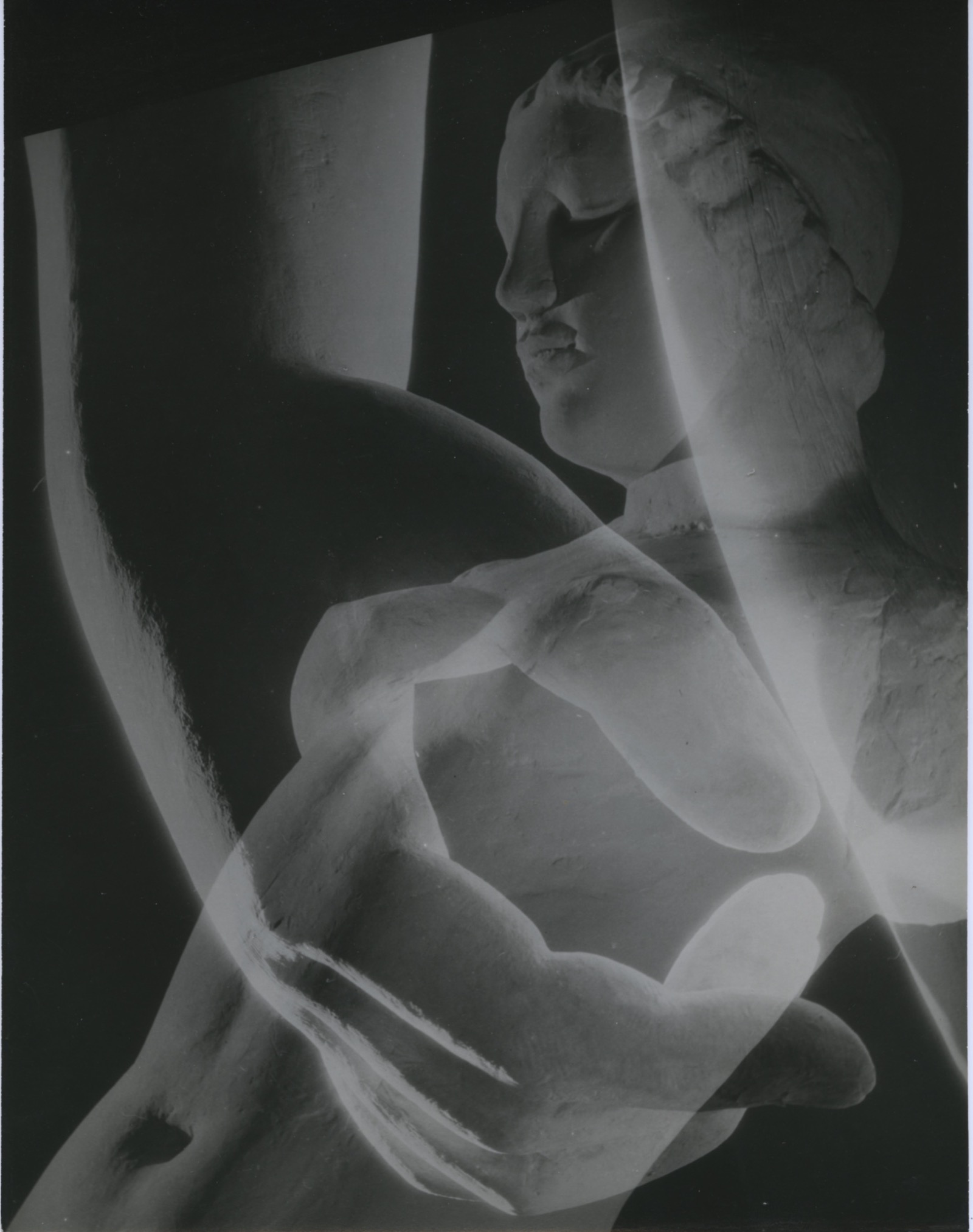
Image: 9 x 7 inches
Print: 9 x 7 inches
Stamped "Studio André Steiner 18 rue Louis Le Grand, Paris 2e" on verso
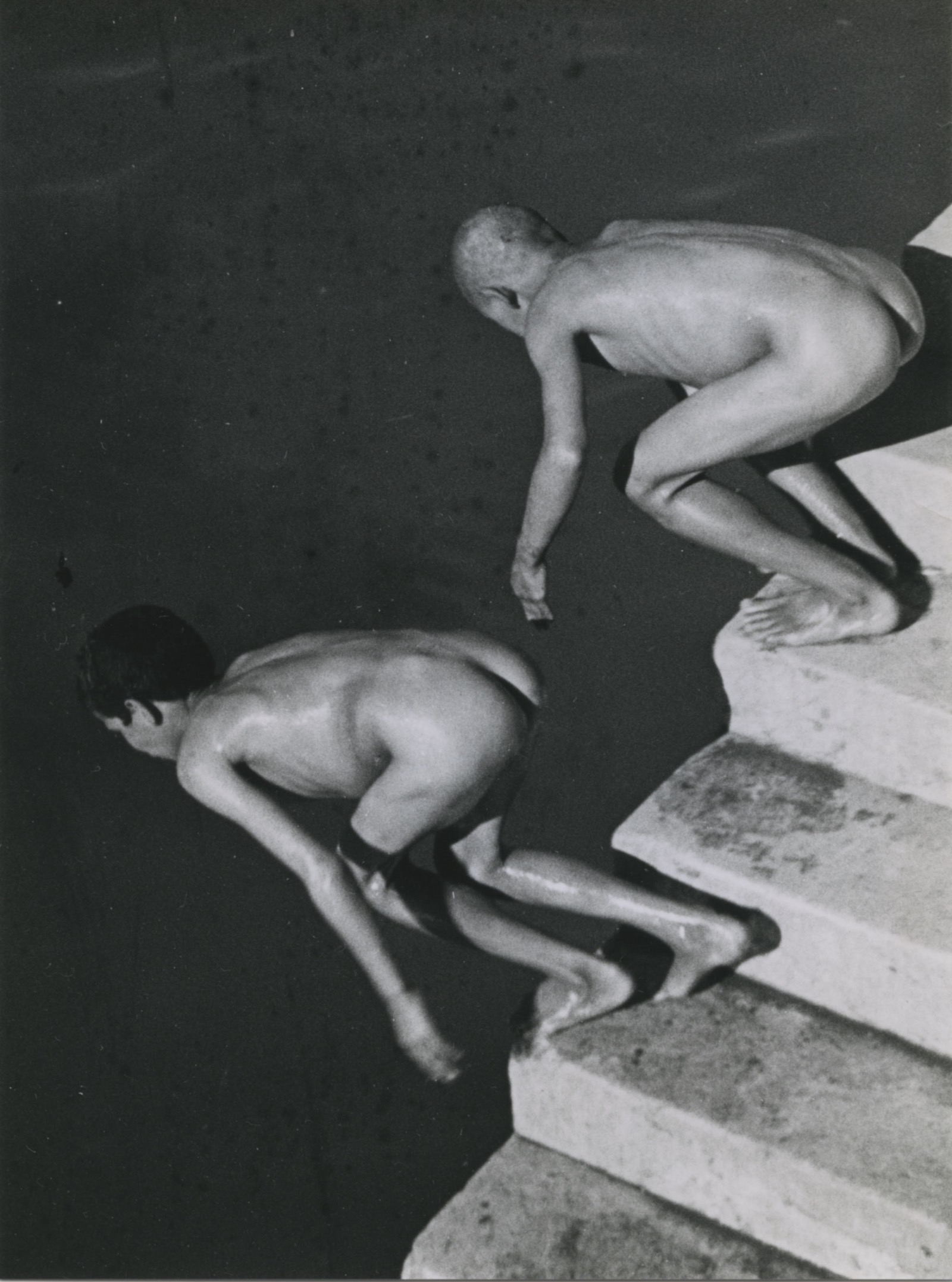
Image: 7 x 5 inches
Print: 7 x 5 inches
Stamped "André Steiner 112 ave Gambetta", trace of a label on verso
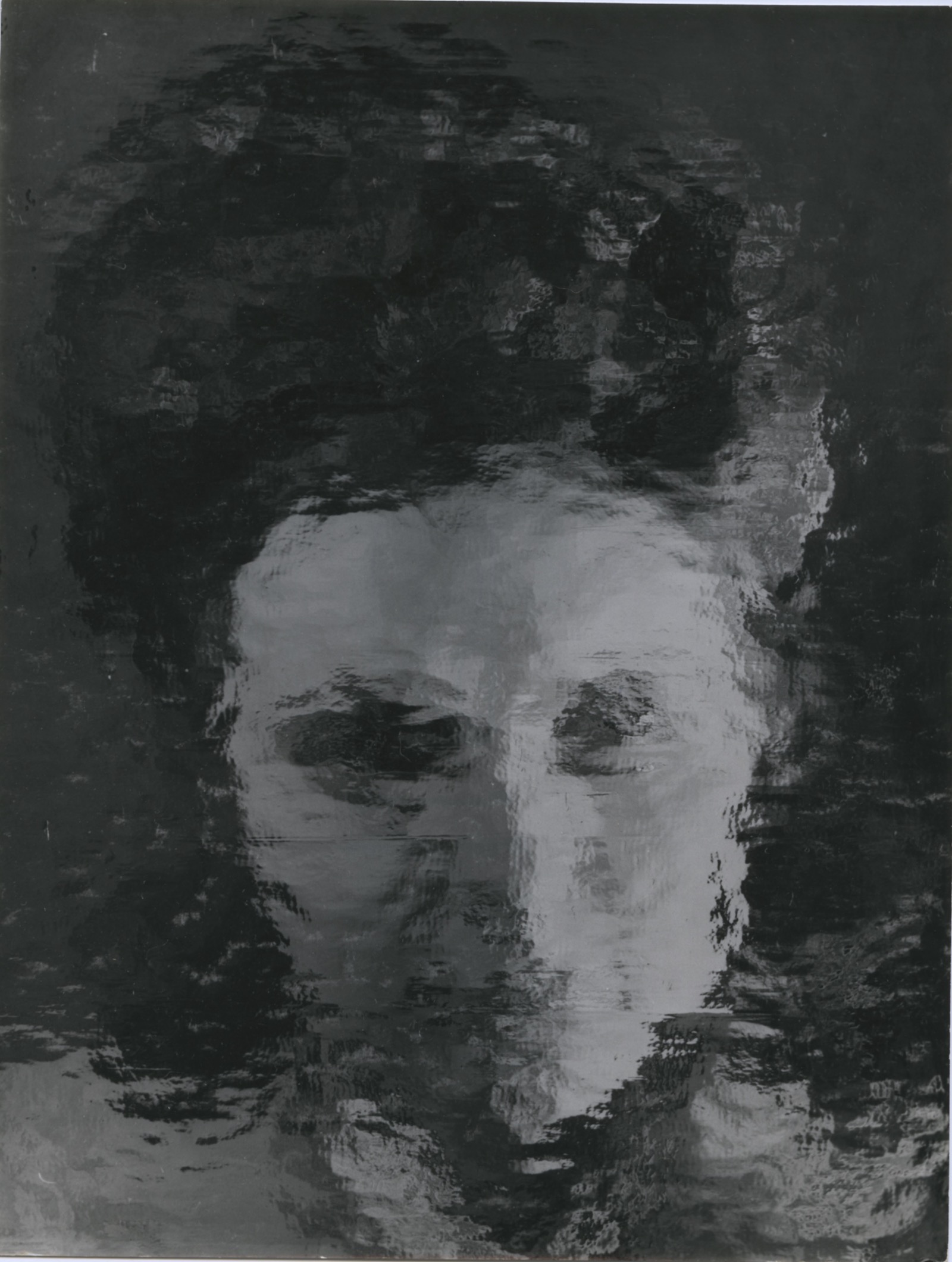
Image: 9 x 7 inches
Print: 9 x 7 inches
Stamped "Studio André Steiner 18 rue Louis Le Grand, Paris 2e" on verso
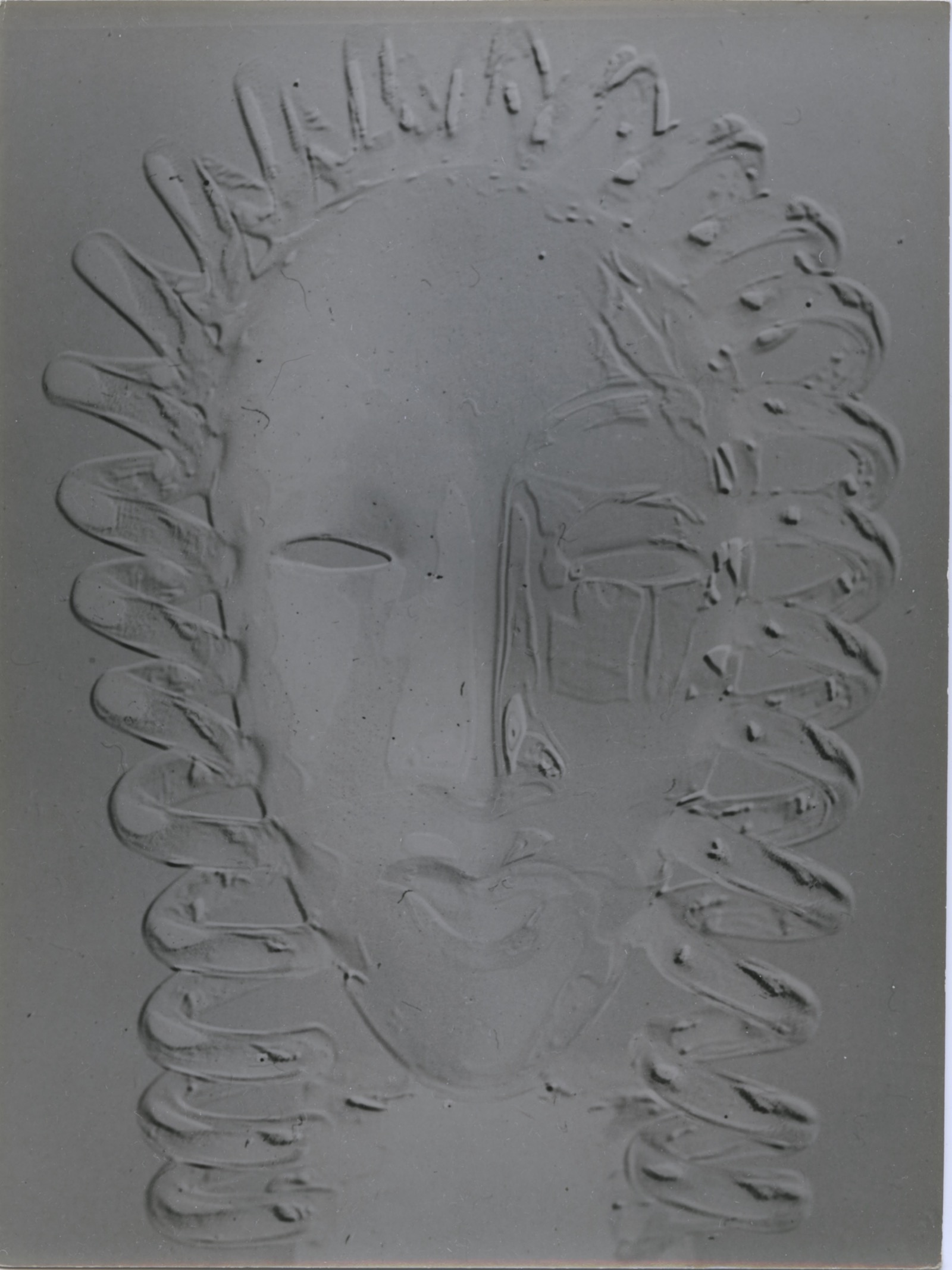
Image: 9 x 7 inches
Print: 9 x 7 inches
Stamped "Studio André Steiner 18 rue Louis Le Grand, Paris 2e" on verso
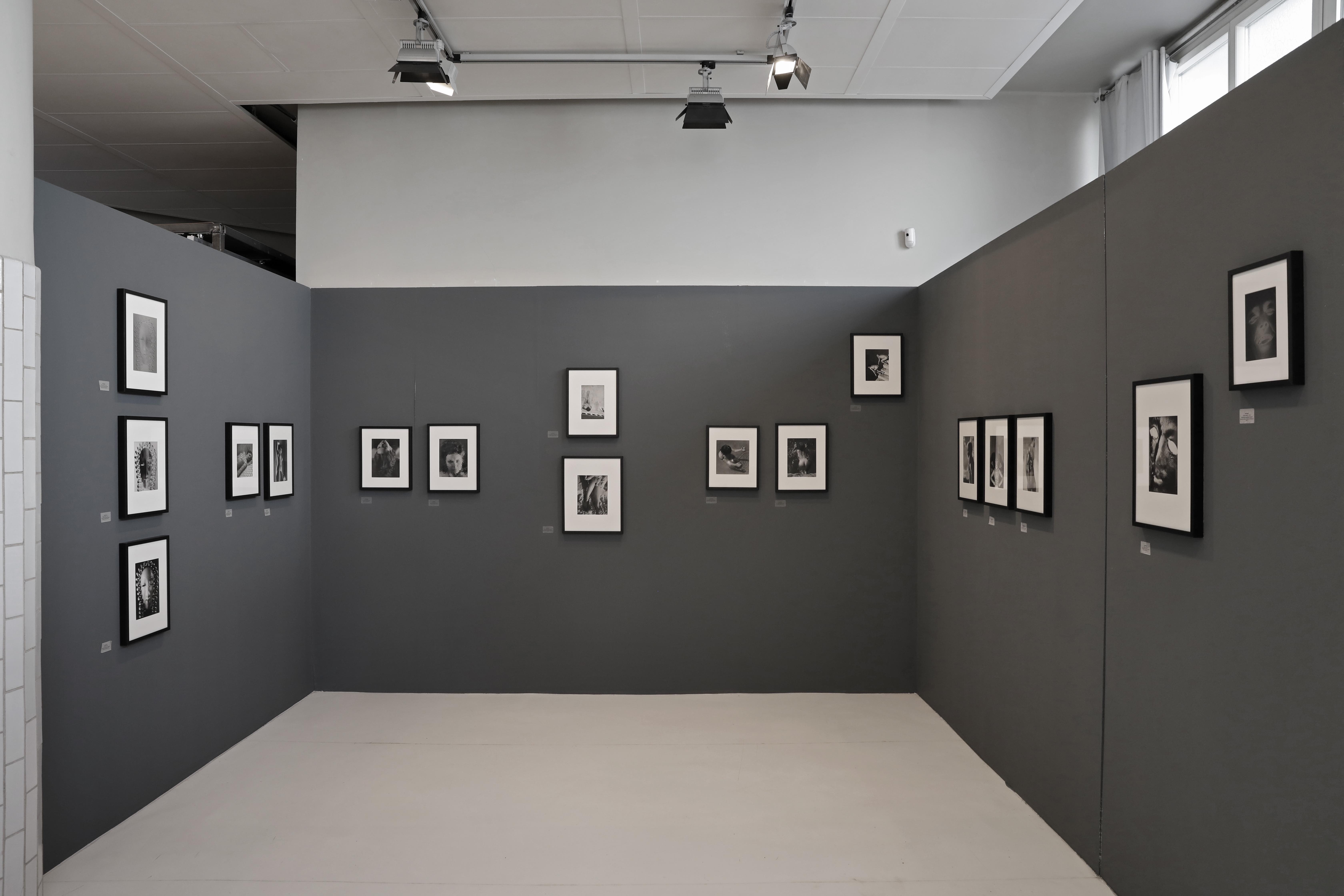
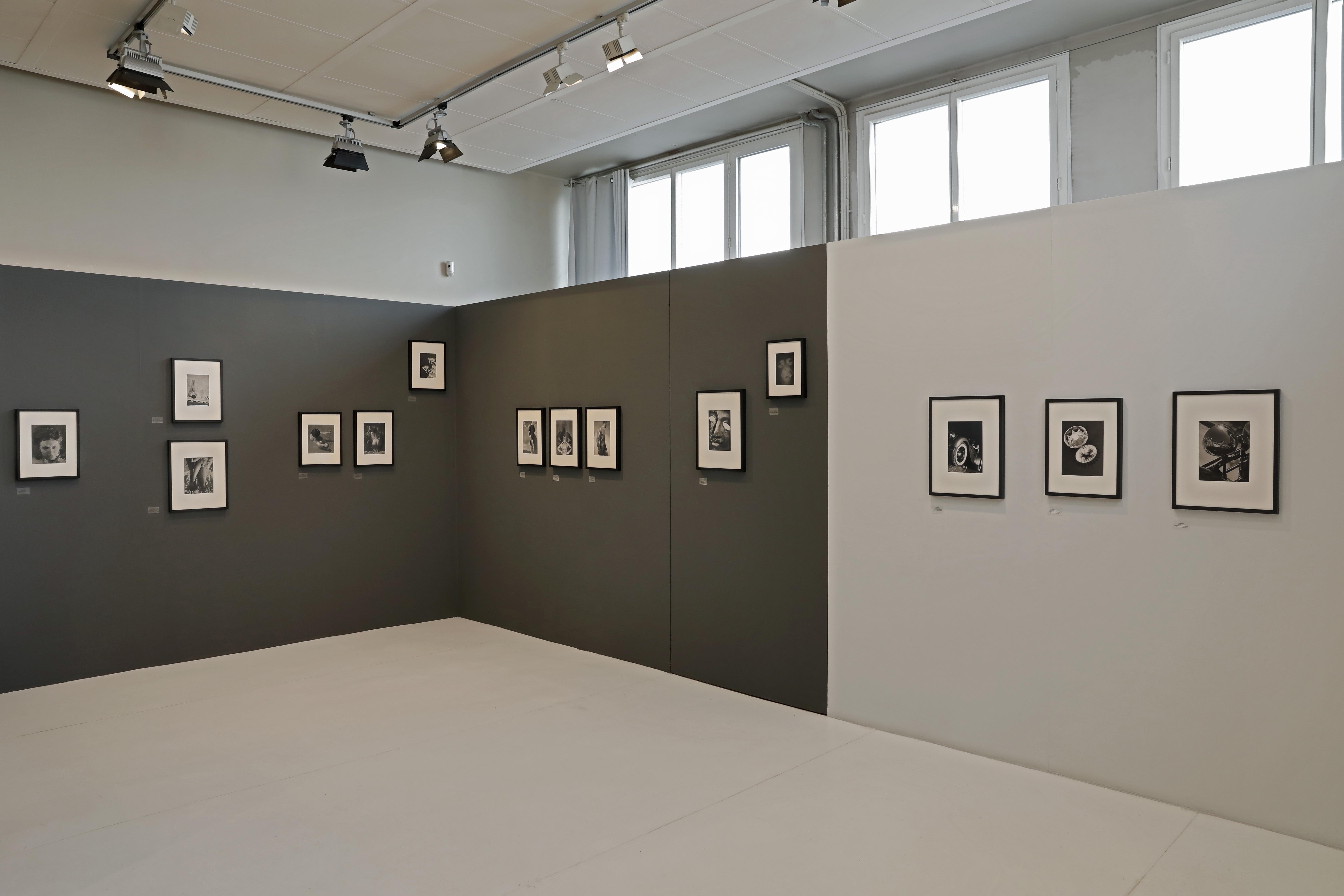
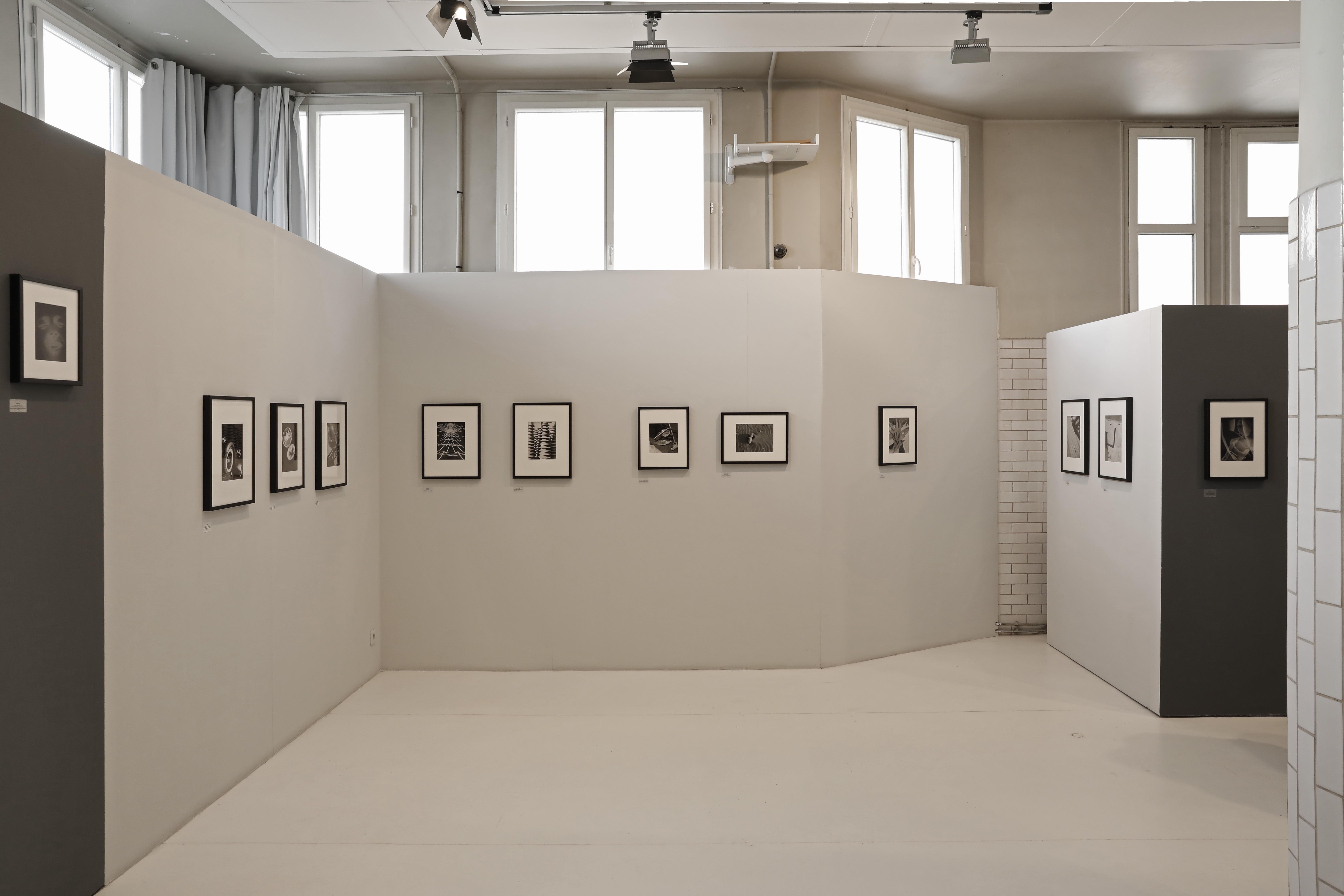
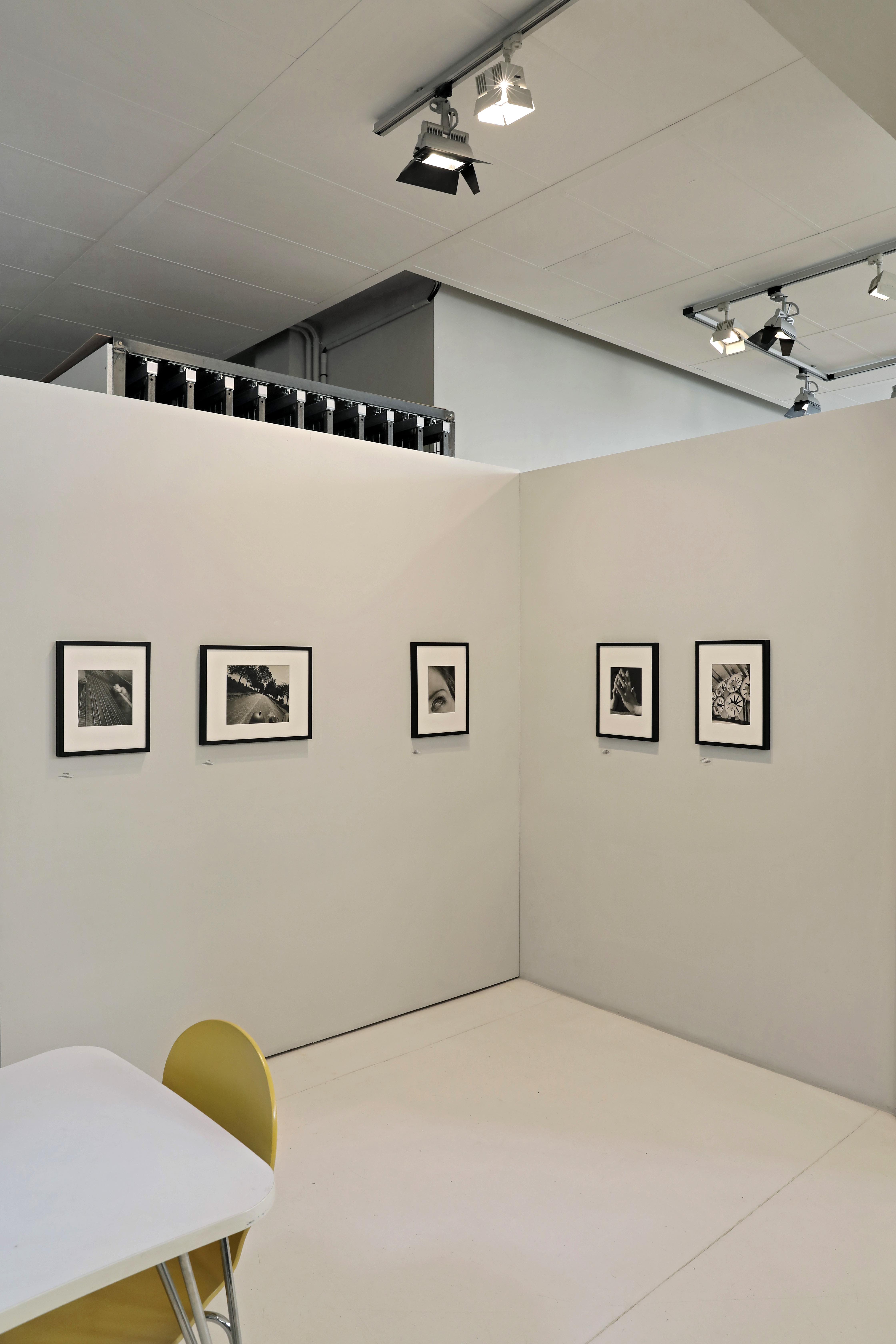
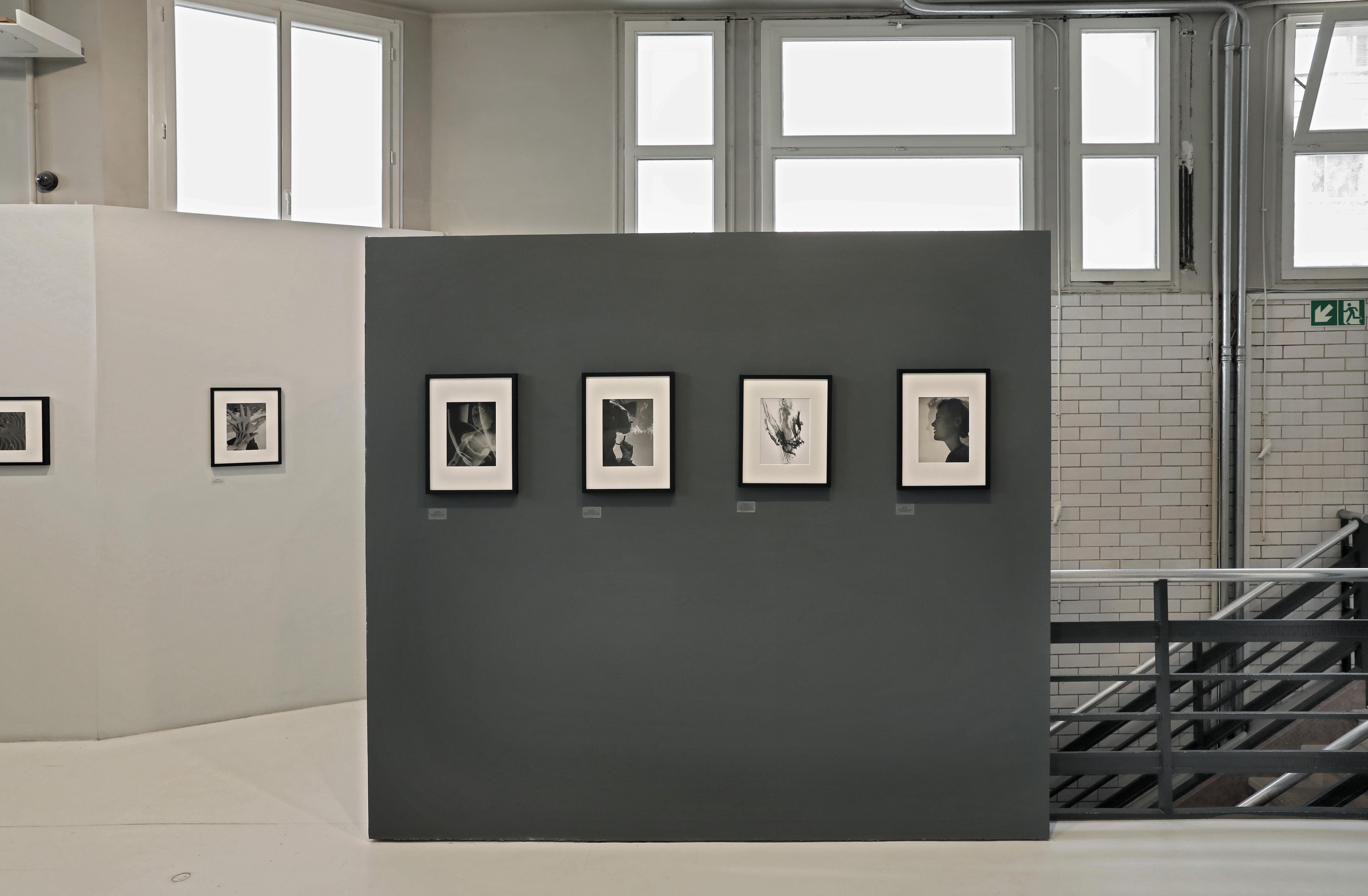
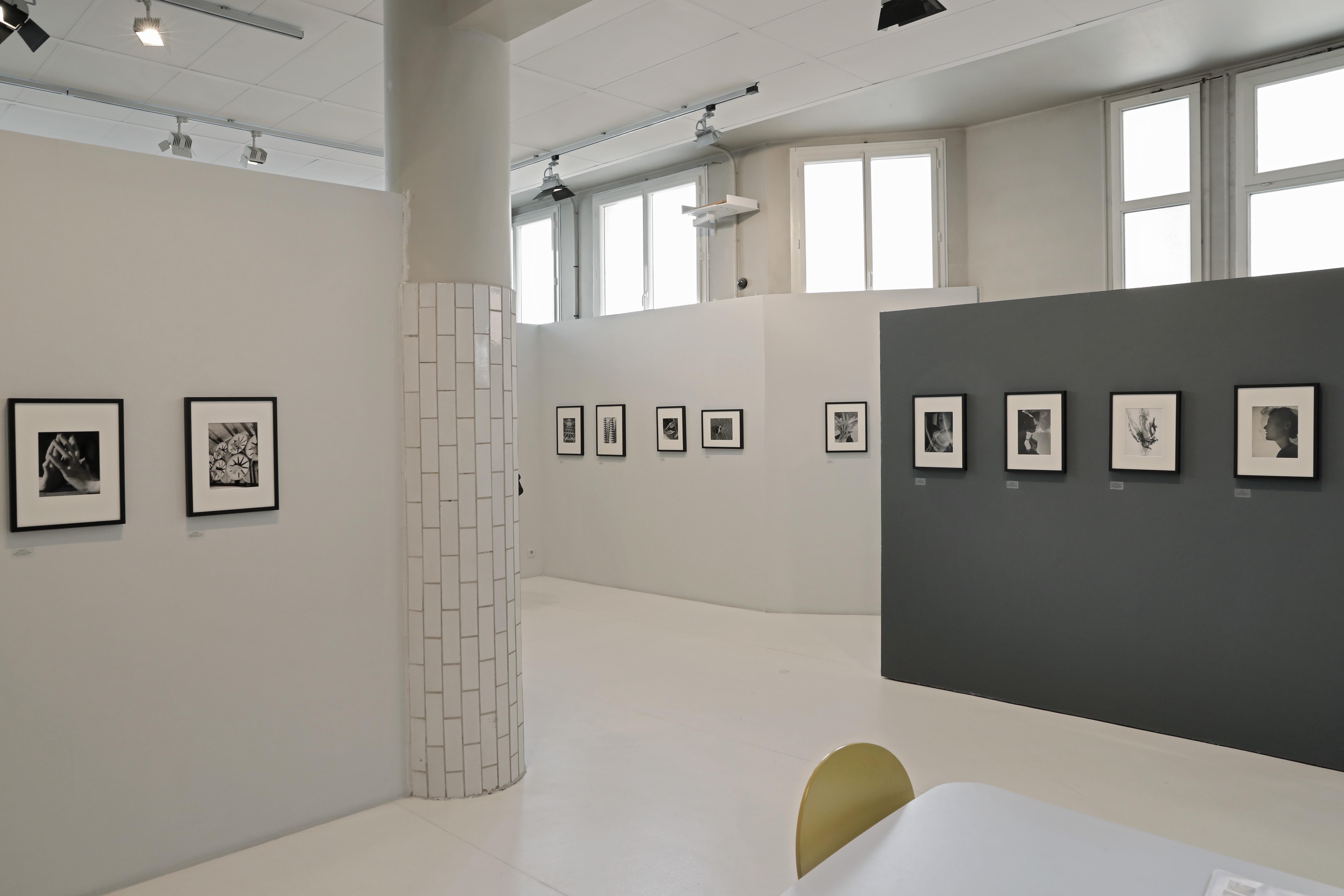
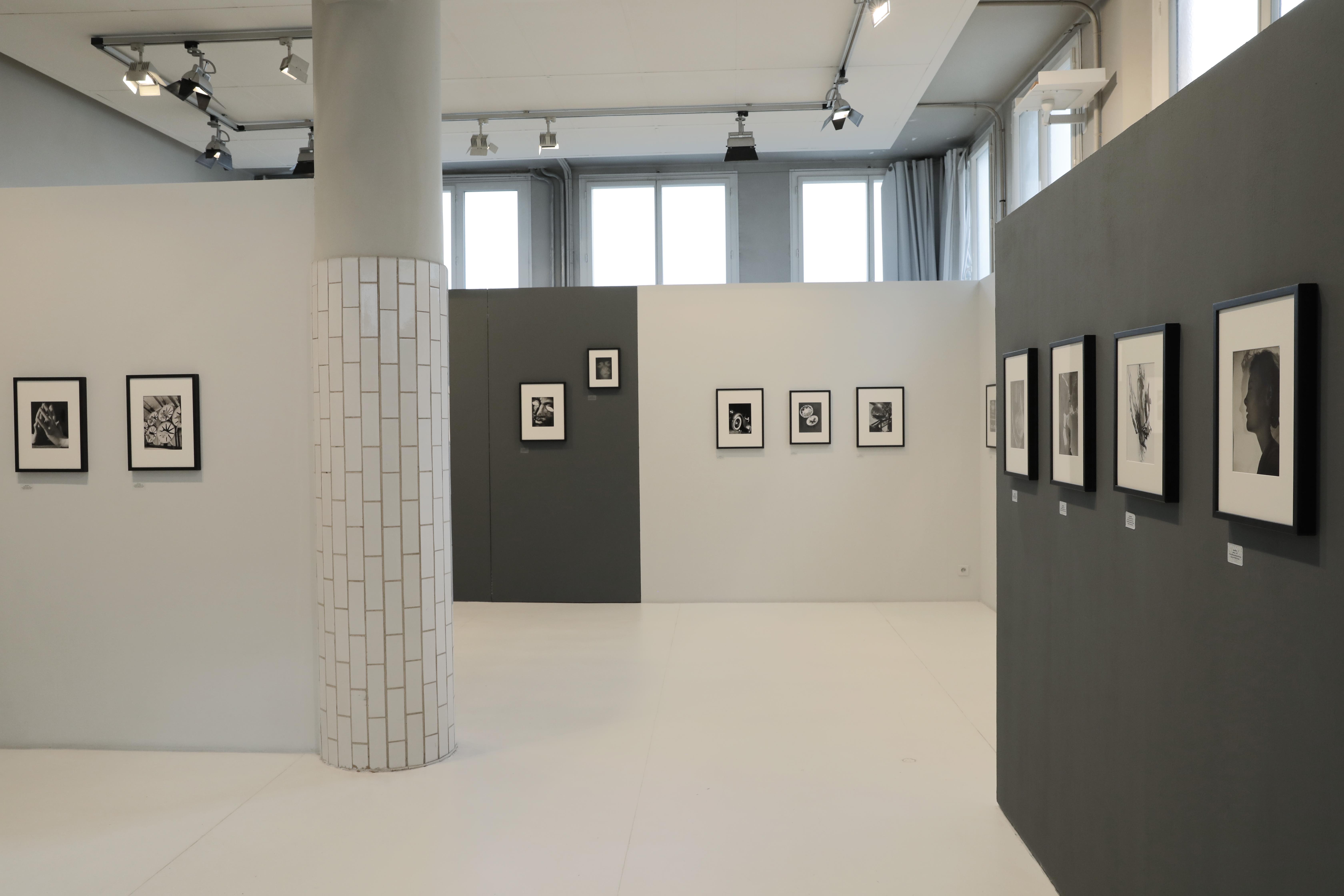
Presentation
It is with great pleasure that Les Douches la Galerie and Eric Rémy present La bascule du regard [The Turning Gaze], bringing together the works of Pierre Boucher, Jean Moral and André Steiner. Growing out of the Bauhaus, the artisans of the New Vision represent a generation of experimental photography in the 1920s, borne along by the technical promises of industrial society.
By disturbing points of view through games of scale, dizzying diagonal lines and compositions that border on the abstract, the New Vision multiplies the possibilities of photography and decisively turns its gaze toward the future.
Press
PRESS RELEASE
« The years 1927-1928 signal a modern turning point in France for French photography. In late 1927 in Paris, Germaine Krull published her book Métal which became one of the key works for the New Vision. As René Zuber (1902-1979) recalls with regard to the emblematic work, 'Twenty years ago, pointing her camera at the sky, Germaine Krull photographed the Eiffel Tower from the bottom up, and the Eiffel Tower fell on its face... From that day onwards, photographers went off to discover the world?"1
Looking at the world differently, gathering and bringing together the elements of a new visual grammar where the new (as well as the old) is perceived in a new light. That is the impetus of a new generation.
Modern photographers do not adopt the perspective of New Photography, they become the vectors of this new look at the world... They are all between twenty and thirty-five years old; in a certain sense, they find themselves decision-makers, and bereft (delivered also) of reference points, for their elders either disappeared in the first war or have abandoned their activity. Moreover, they have serious reasons for wanting to change the world. Thus for them any kind of innovation is fair game; it is the result of their desires and the mark of their access to the world of creation.
In the early 1920s, photography's good fortune was to open a breach in the larger public, while also becoming an indispensable means of information for the media that was being created in its modern form.
For them, the camera is no longer a tool for recording but for discovering. »
As Quentin Bajac states with regard to these young French and émigré (André Steiner) photographers, "Portraits, advertisements, press images, reproductions of works of art: when people make their start in photography, they often begin with applied photography »2.
The young photographers lent their vision to the technical innovations that were flooding daily life and that often called upon the new medium to promote them (automobiles, trains, boats, electricity, etc.).
Photography must convince and promote. It must carry within itself the technical revolution that floods daily life. Electrification, the development of the automobile...
It also tries to show its own aesthetic revolutions. It is at the confluence of graphic and technical investigations proper to the medium, and commissioned work (reportage, illustration, publicity, advertising, fashion, and so on) that the photographs of these three young photographers were created.
Electricity lines, roads, railroad tracks that criss-cross the landscapes, ocean liners, and so forth are so many new motifs and centers of interest. Those objects and technical structures carry within themselves a formal vocabulary that enriches new aesthetic investigations.
They are nothing more than games in deep blacks and greys, rhythms, repetitions and the conversion of simple forms into types of geometric and powerfully delineated still lifes. The subject is not only the object of photography, photography itself is at stake. Bodies, characters, elements of daily life are at the service of an image's composition.
The influence of the New Vision brought over from Germany was however less radical than in its country of origin. "... What is most arresting in the end is that this modernism as manifested in Paris is generally quite moderate... The French new vision was a tempered new vision of a peculiarly French classicism"3.
That may be due to the strong presence at the time of another current: Surrealism.Their photographic works were never part of only one trend; they were coloured by both influences according to the type of commission and investigation. Their photographic compositions then took on the disturbing strangeness that the Surrealists would try so hard to have surge from the banality of daily life.
Éric Rémy
Co-curator
